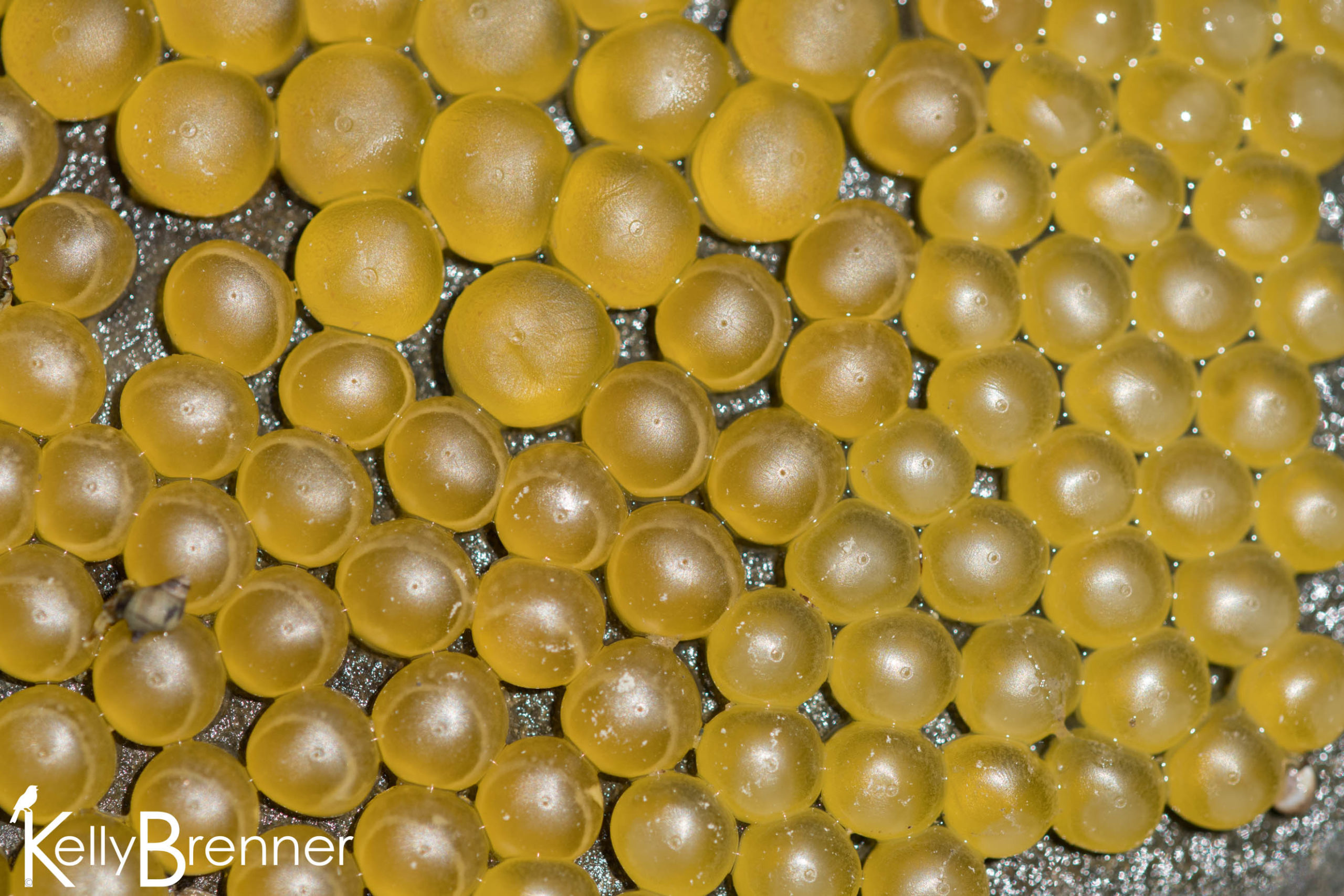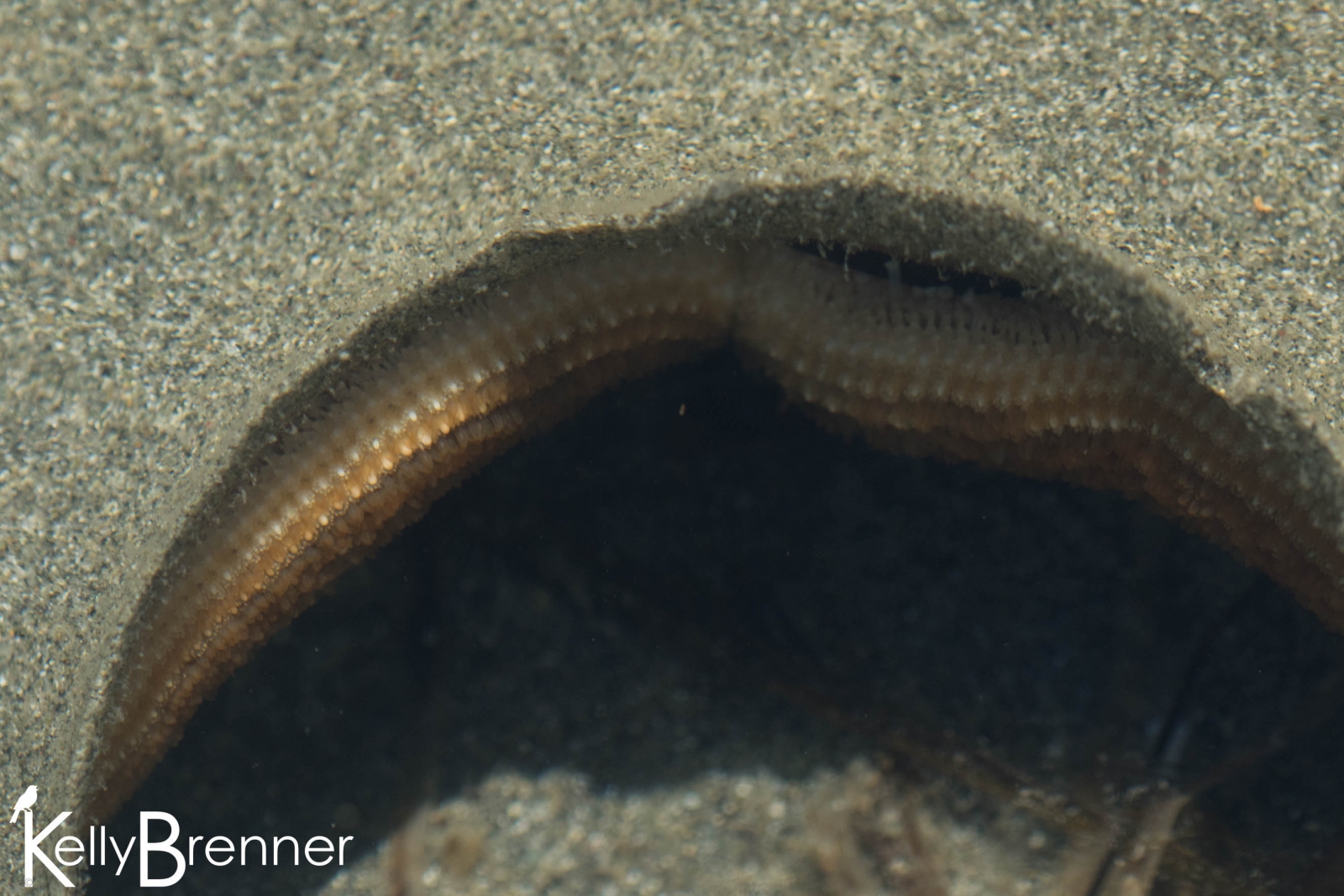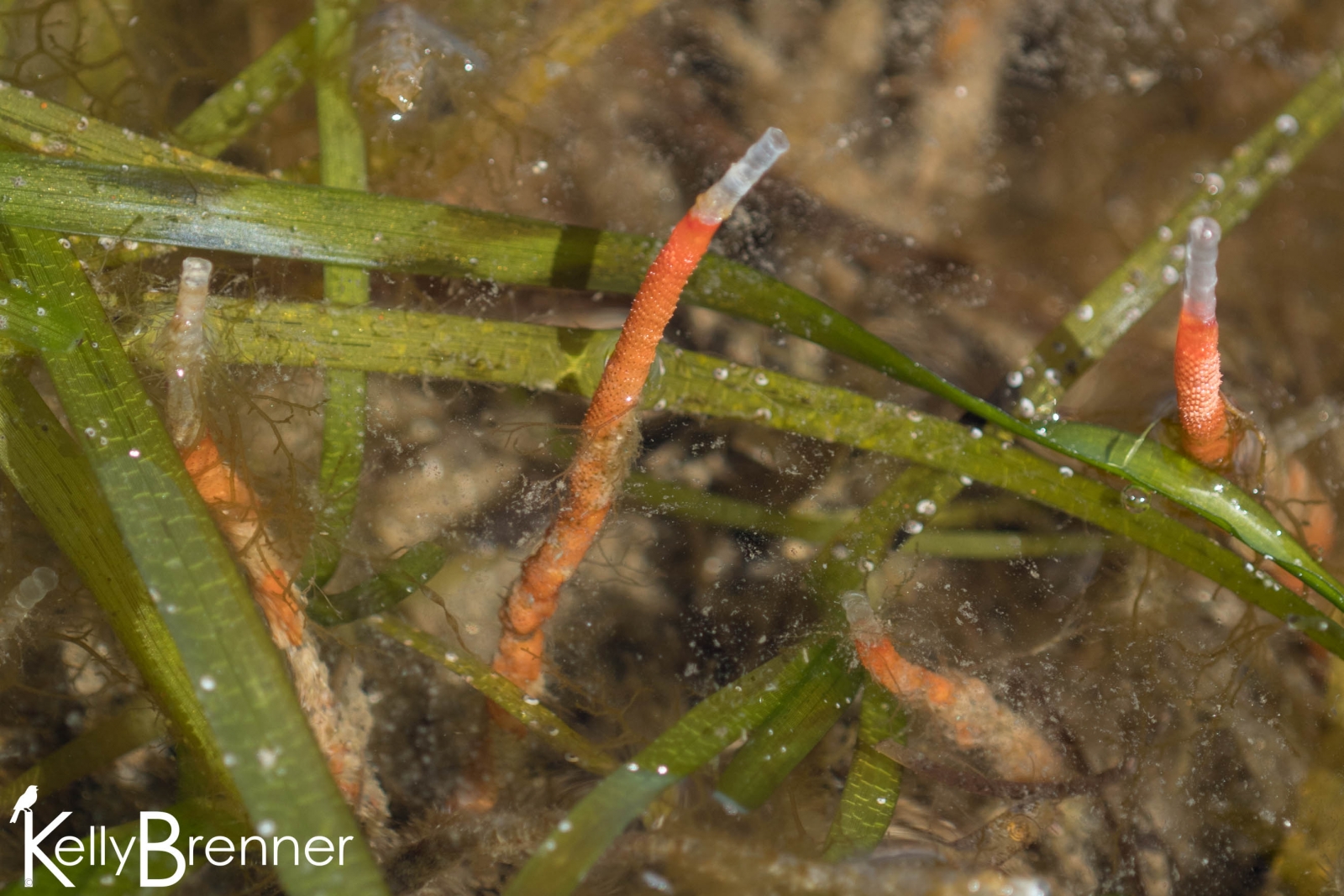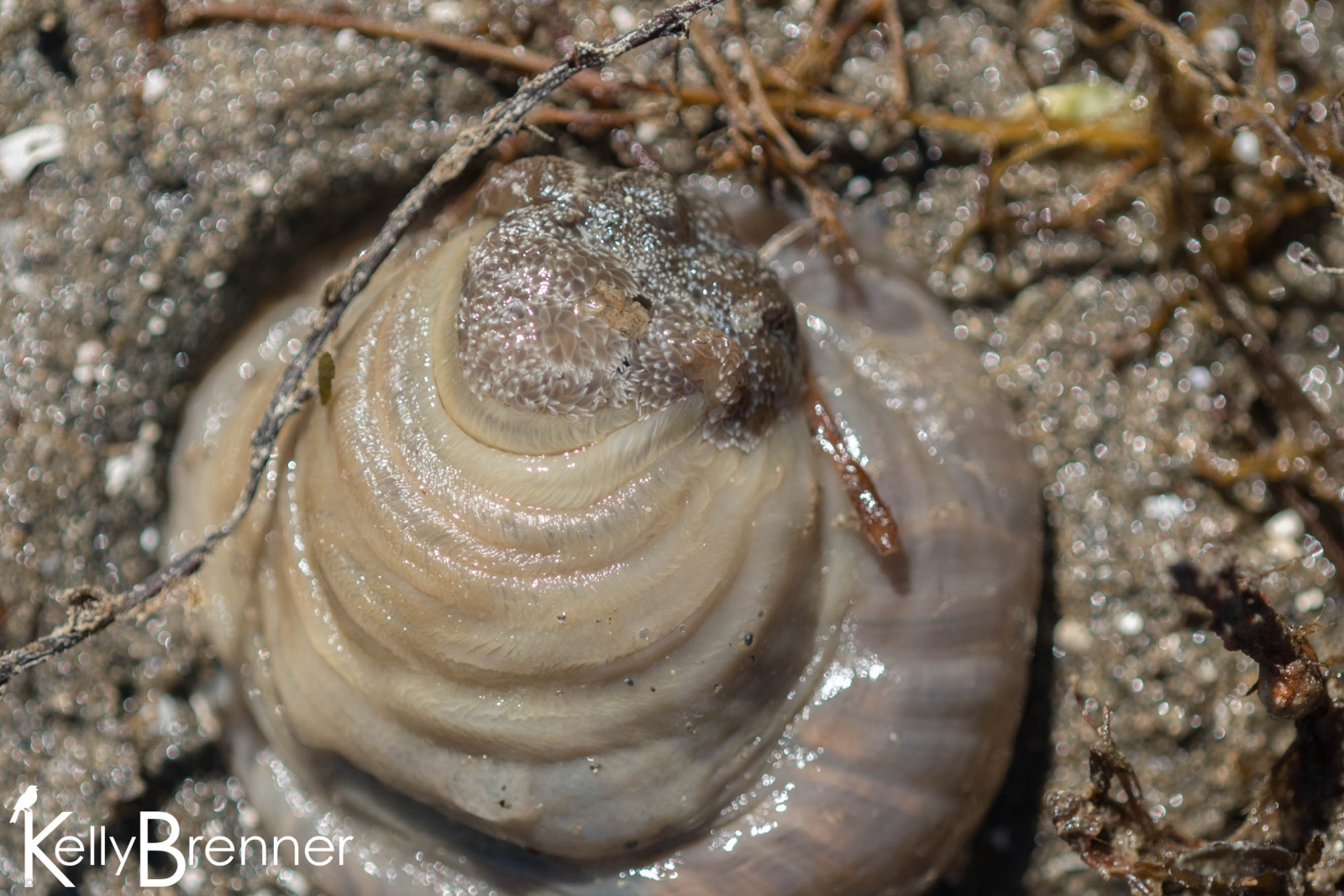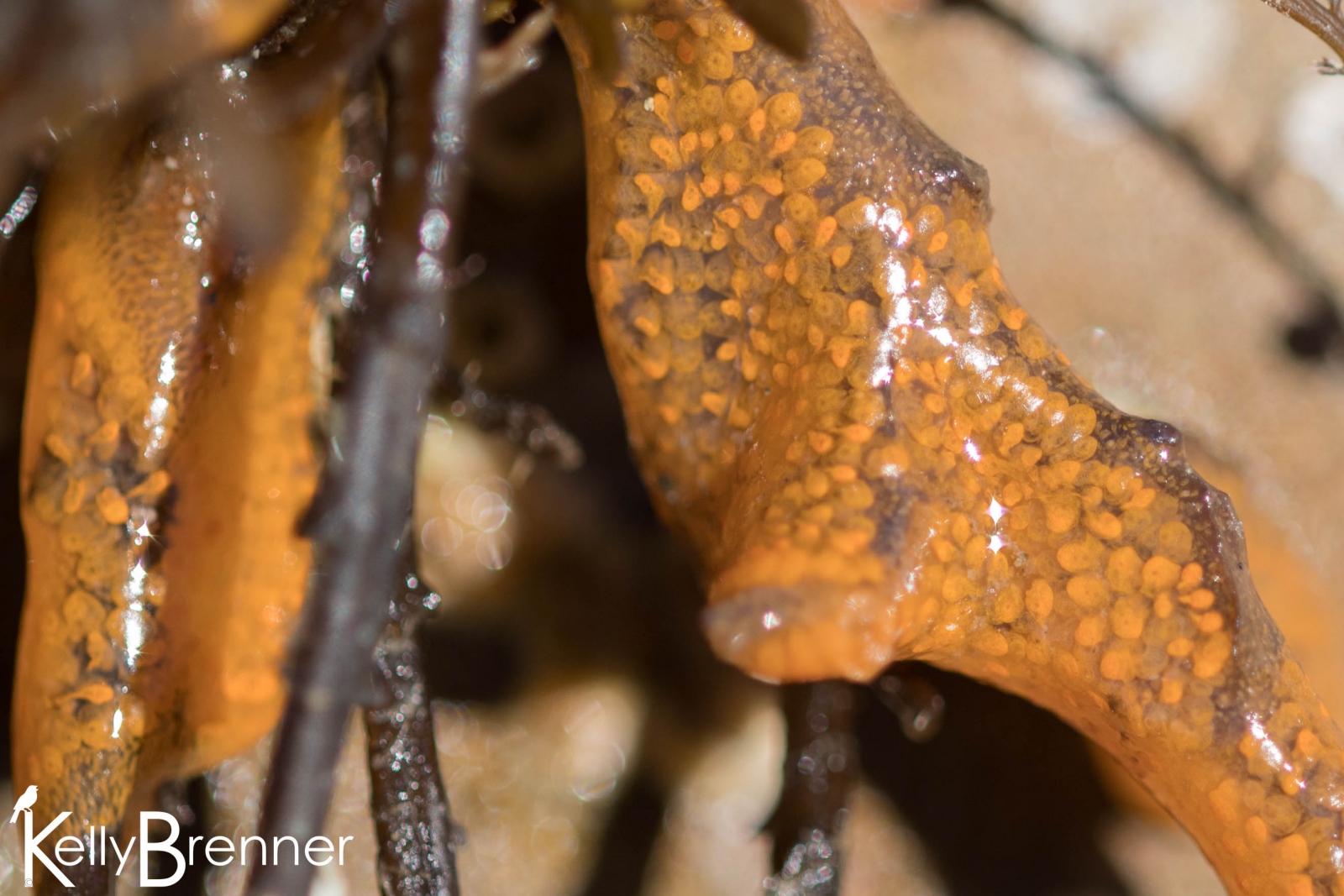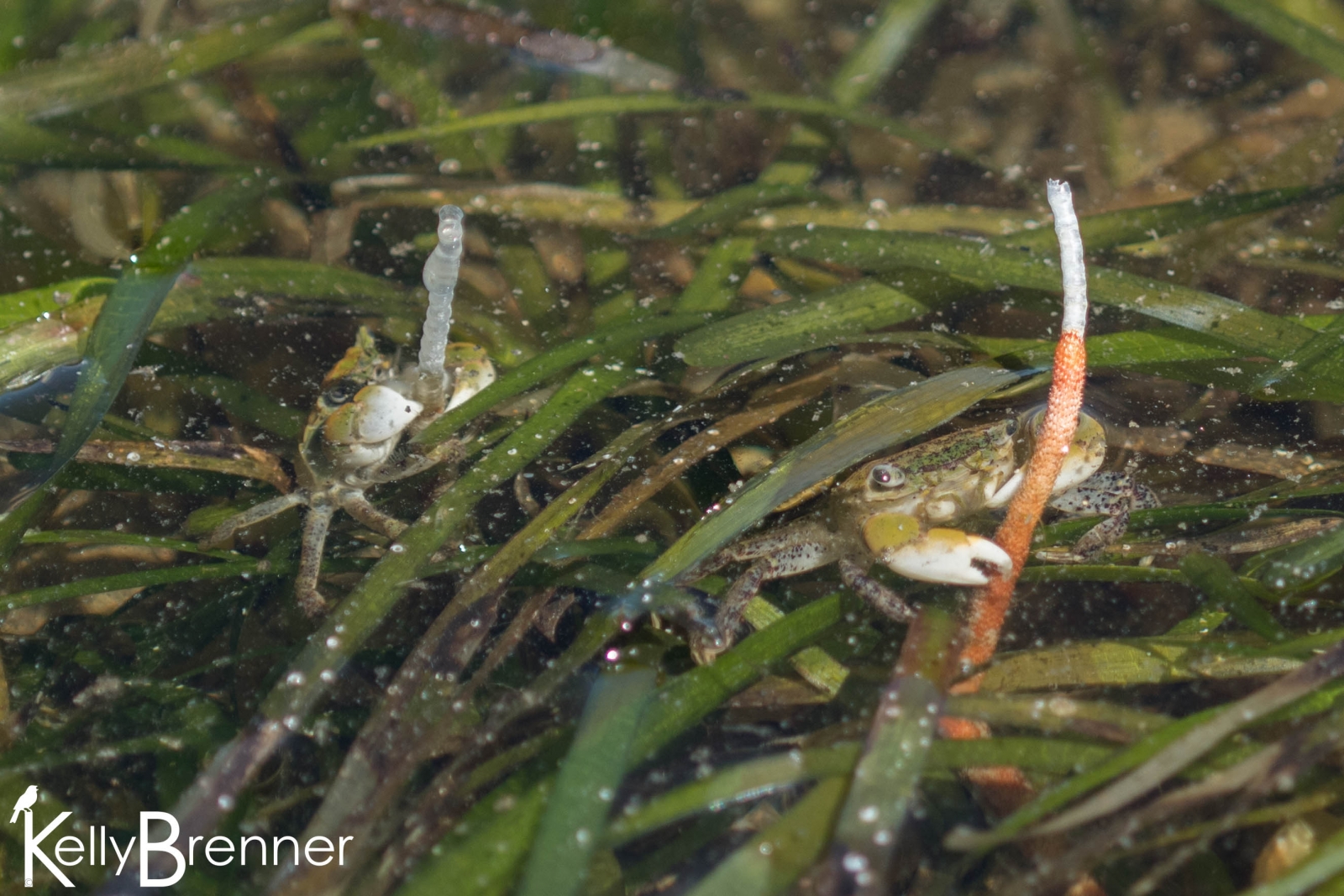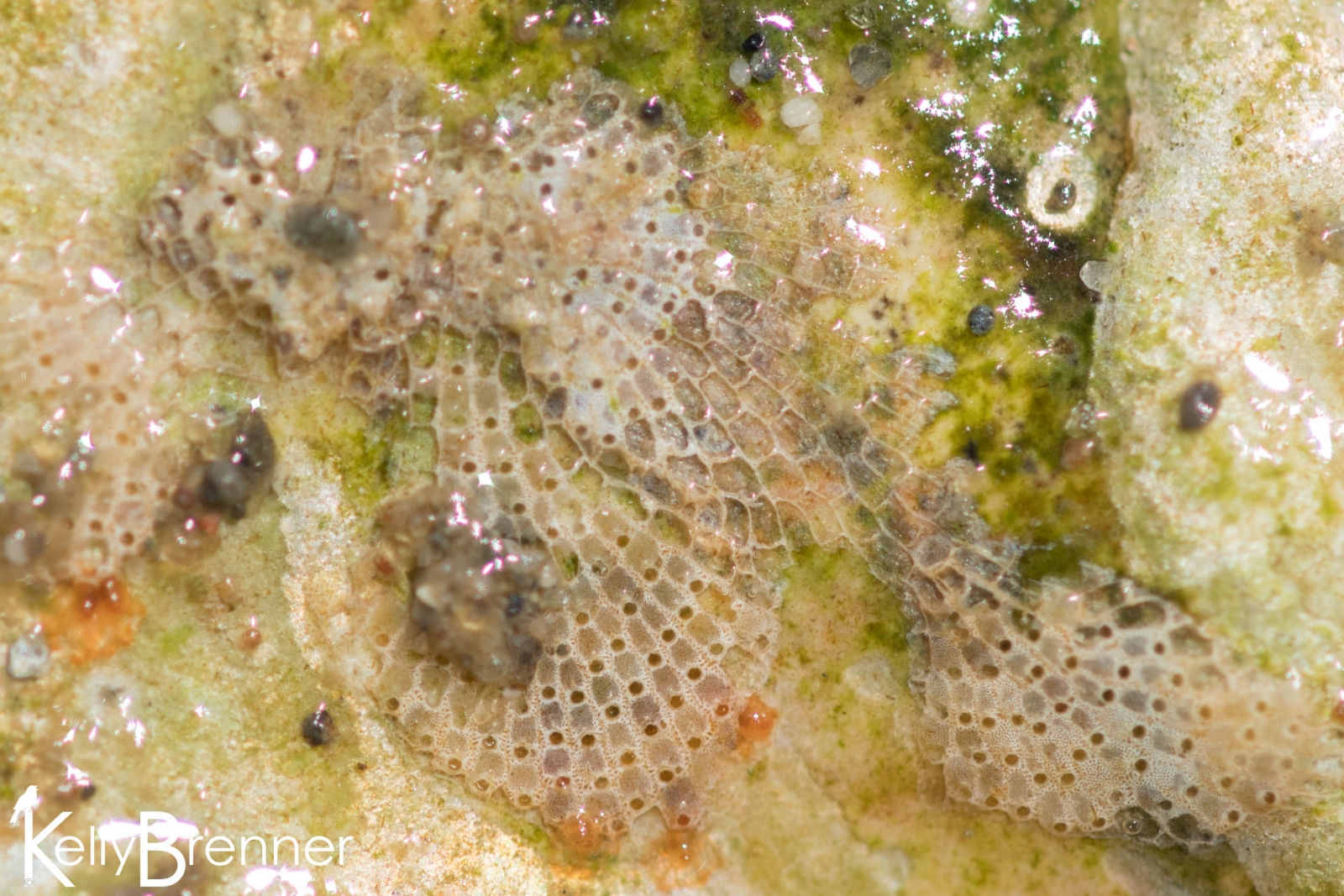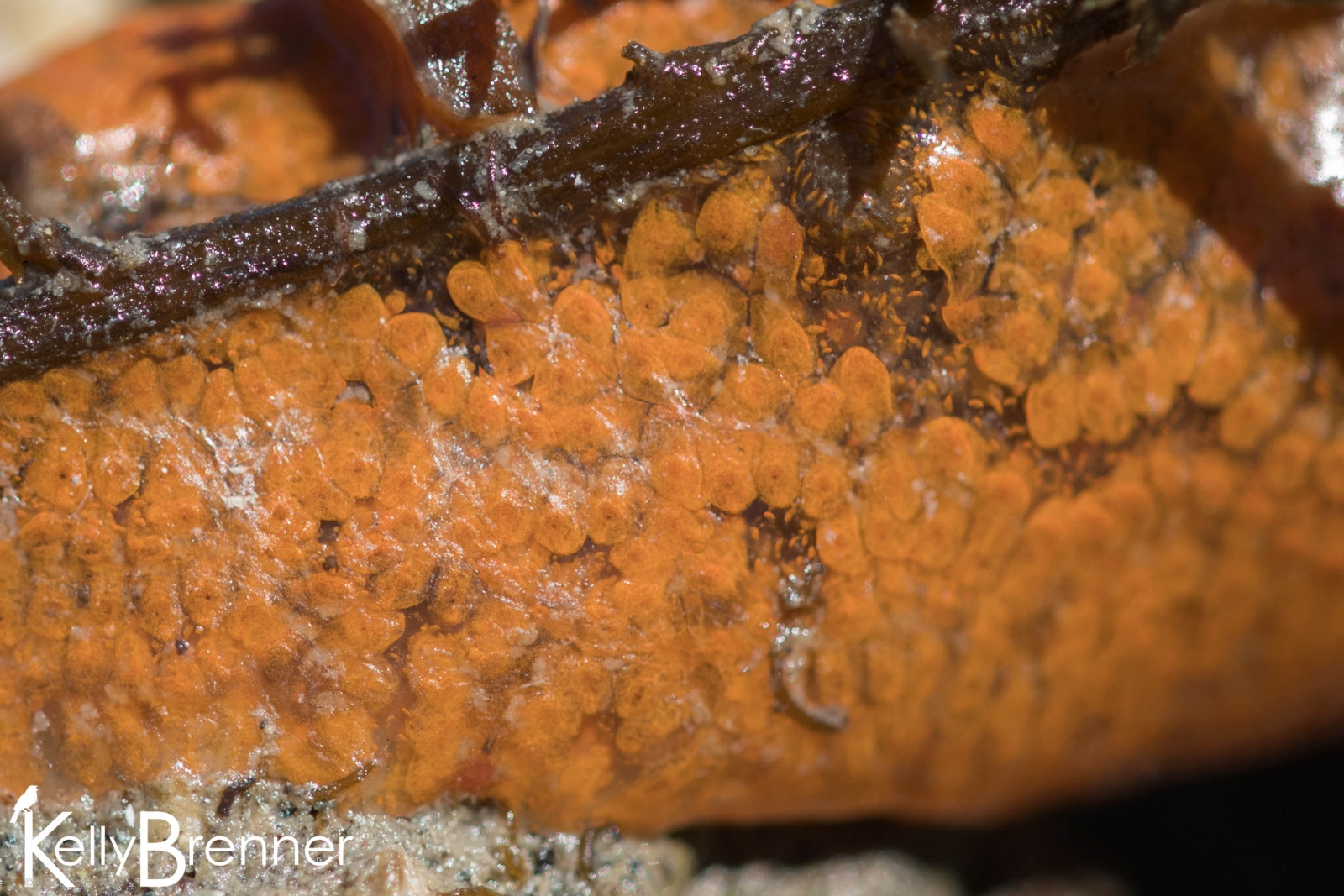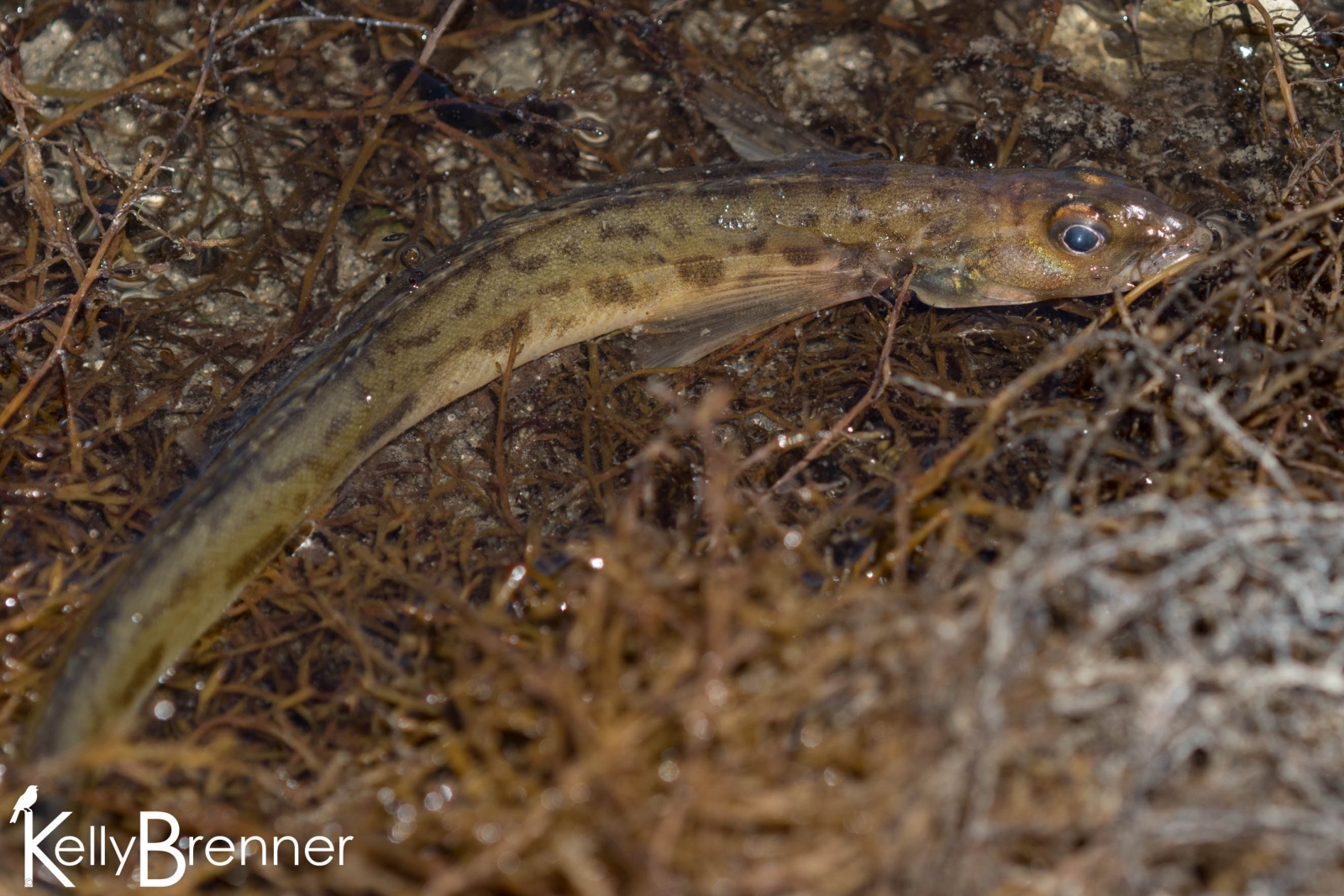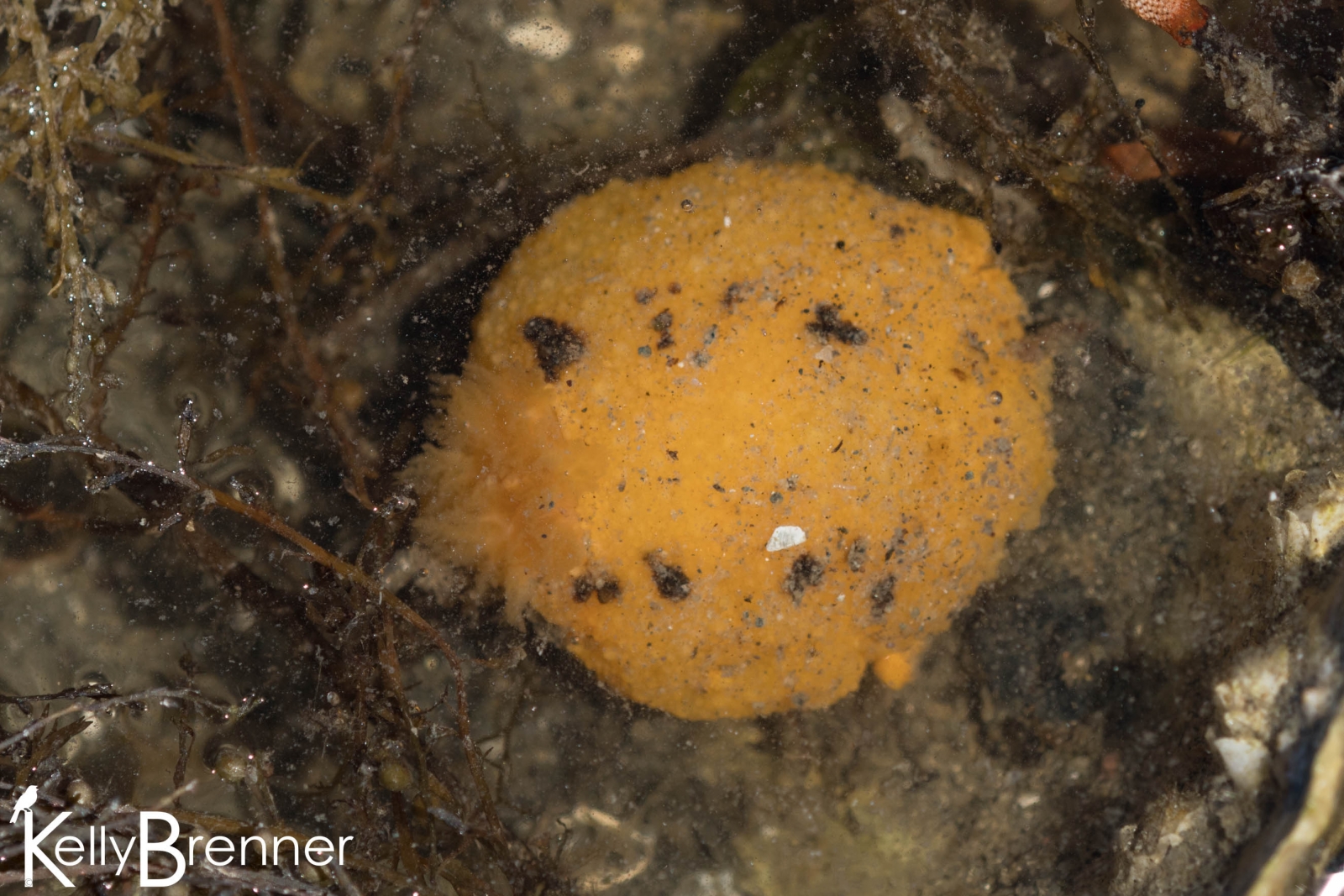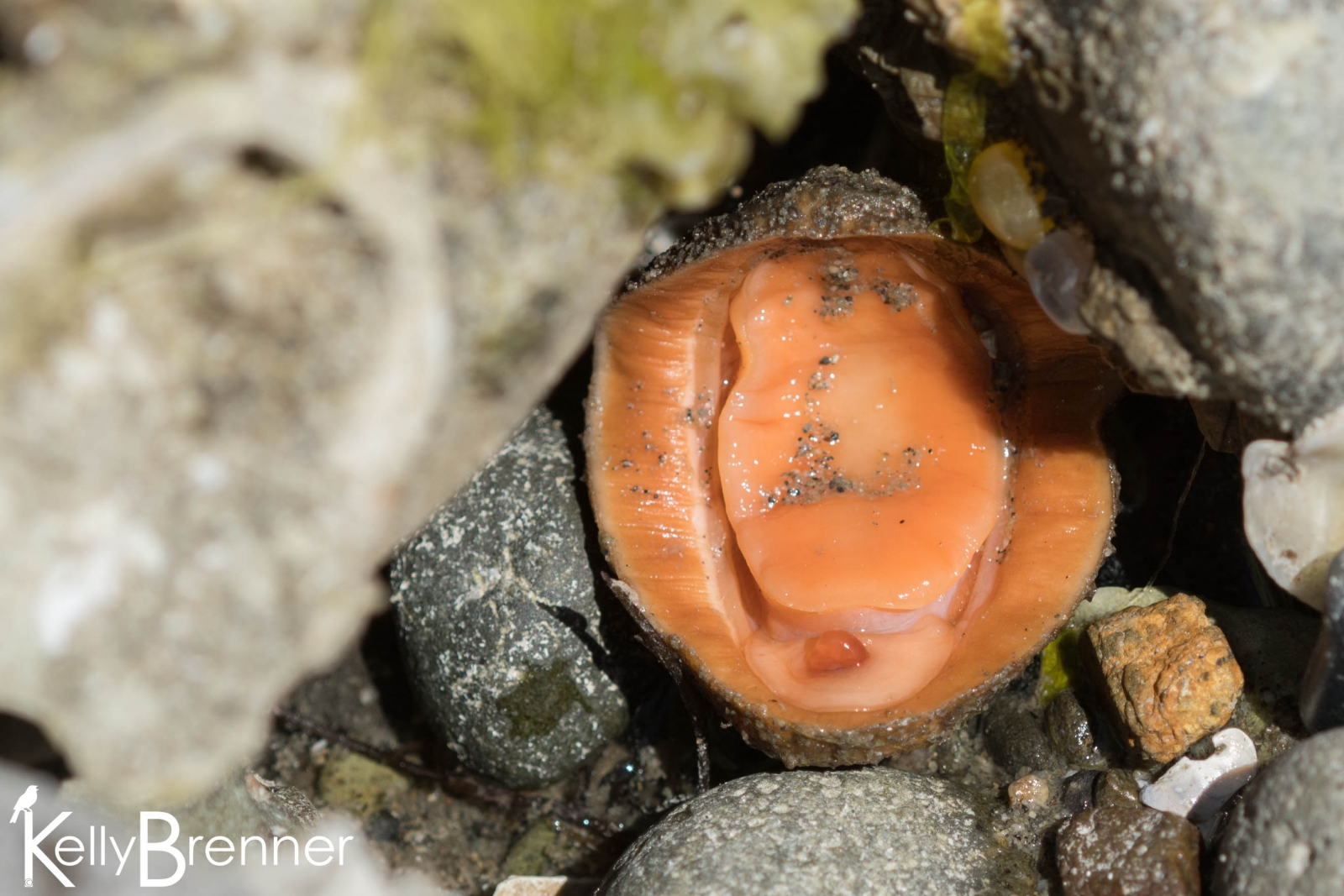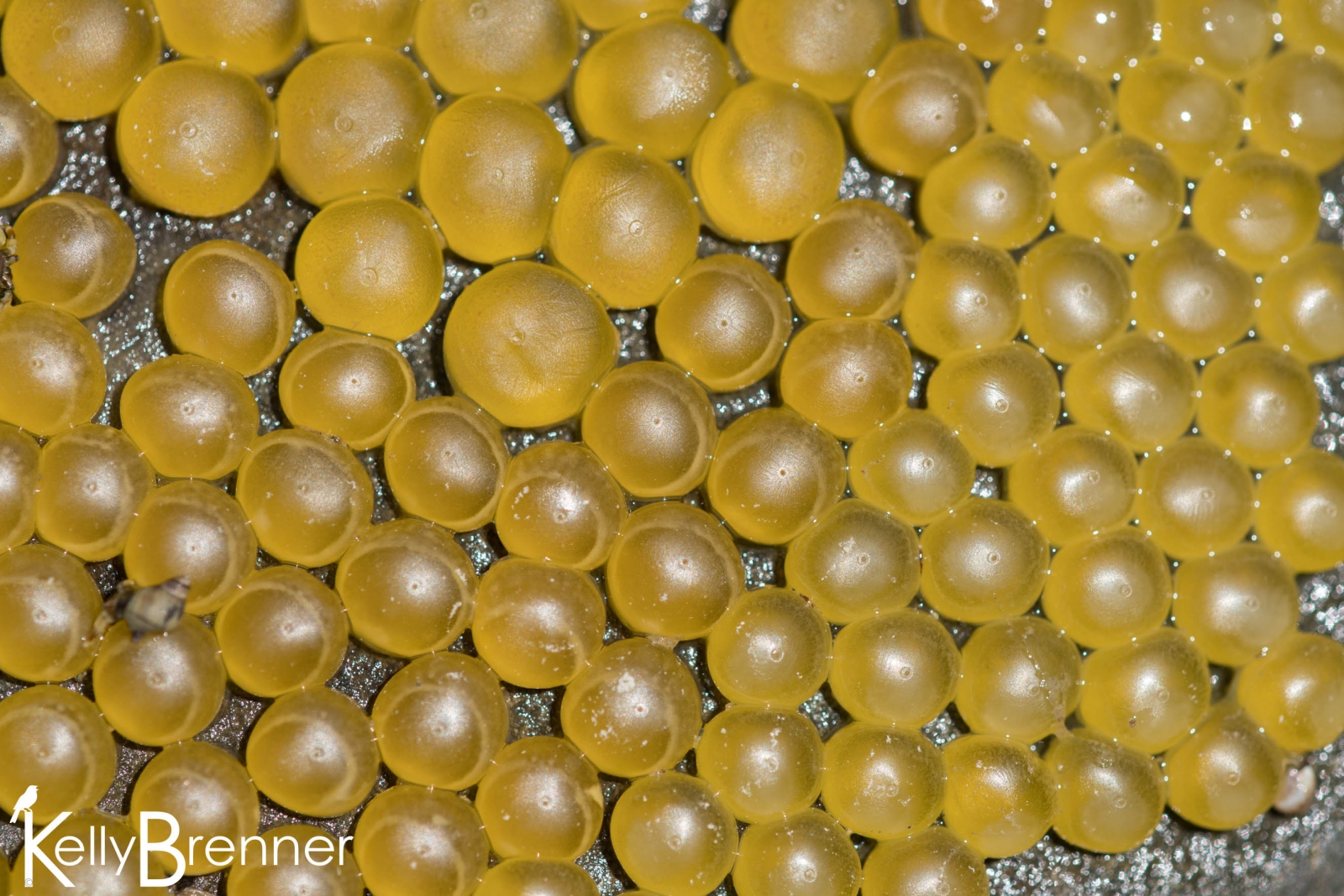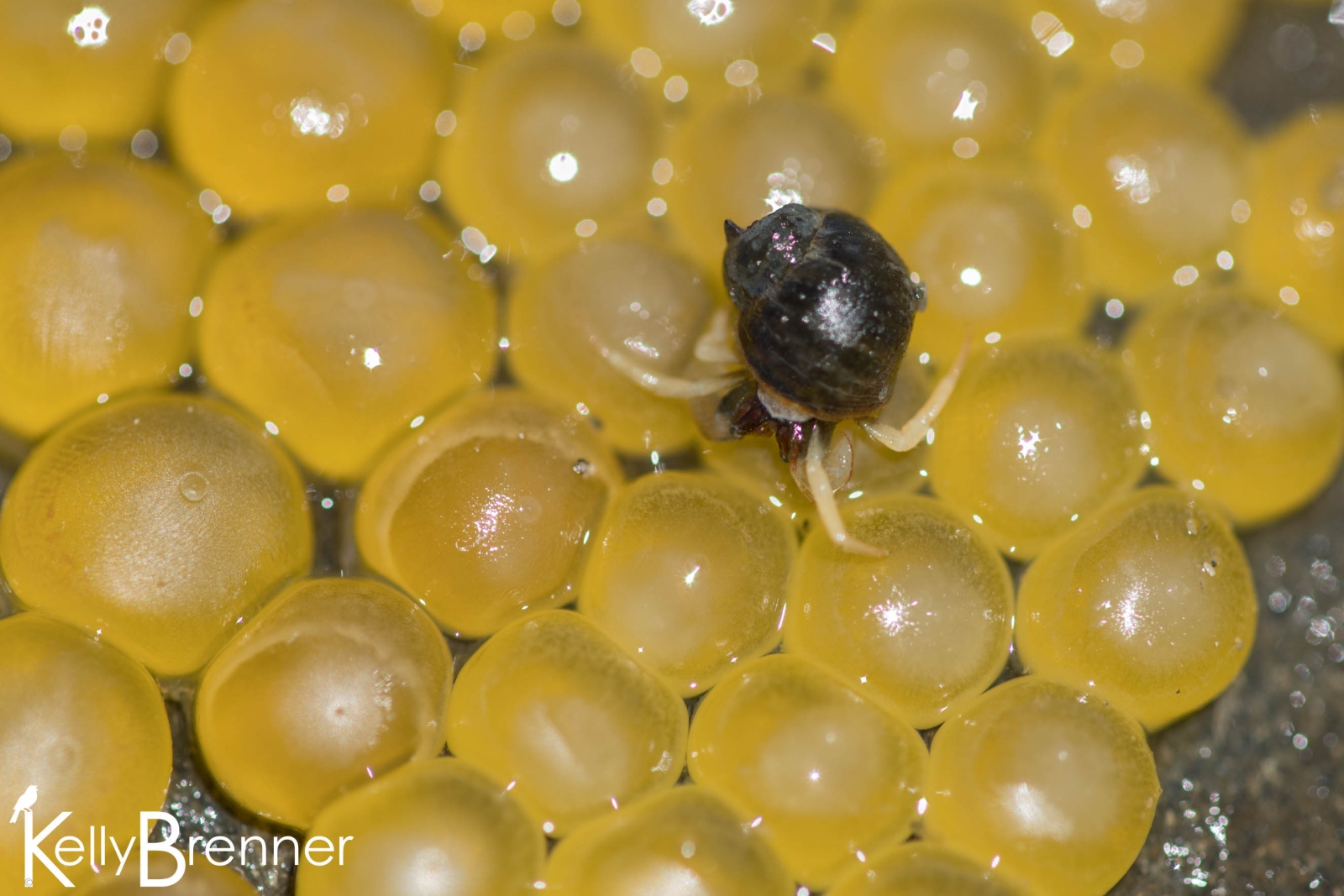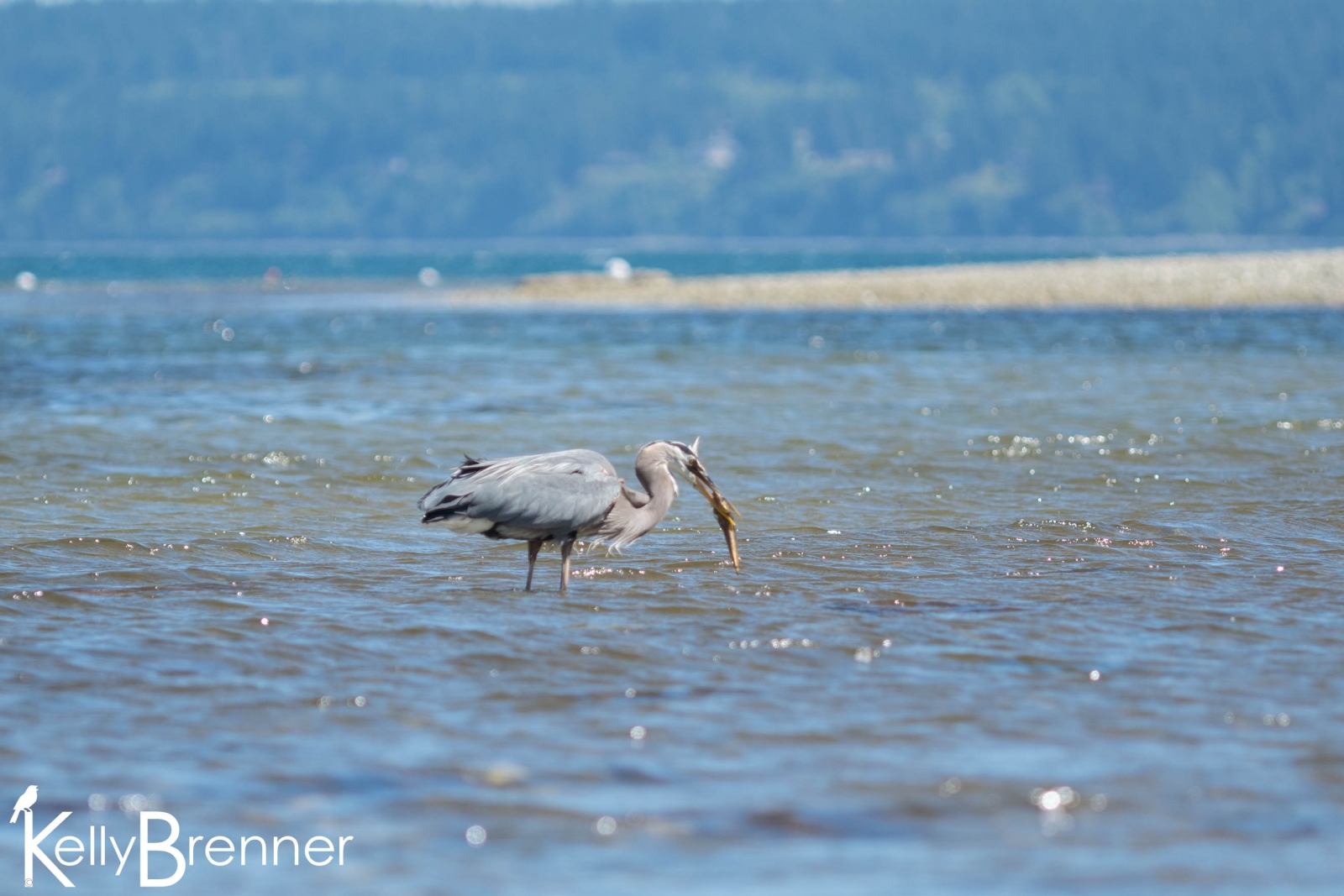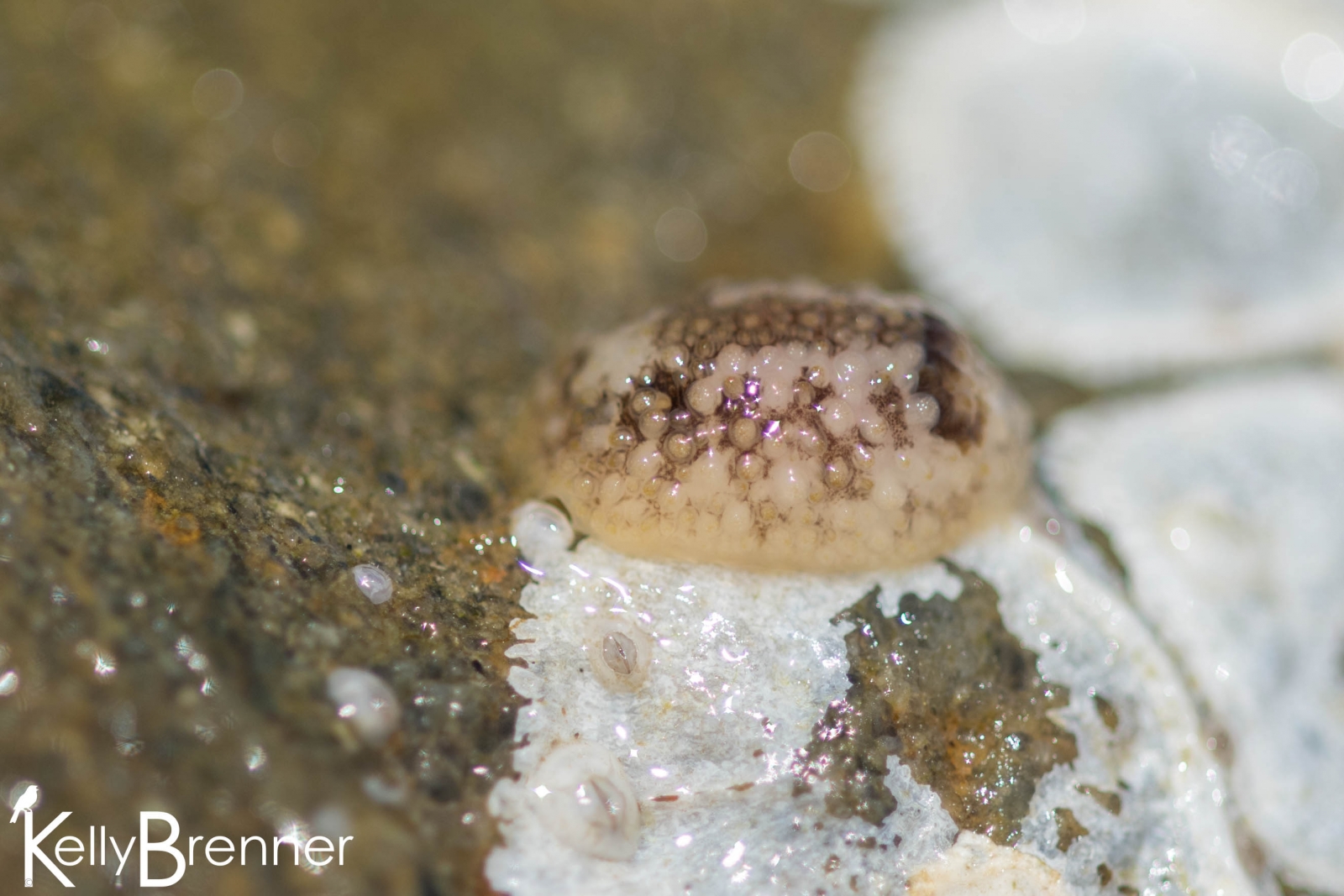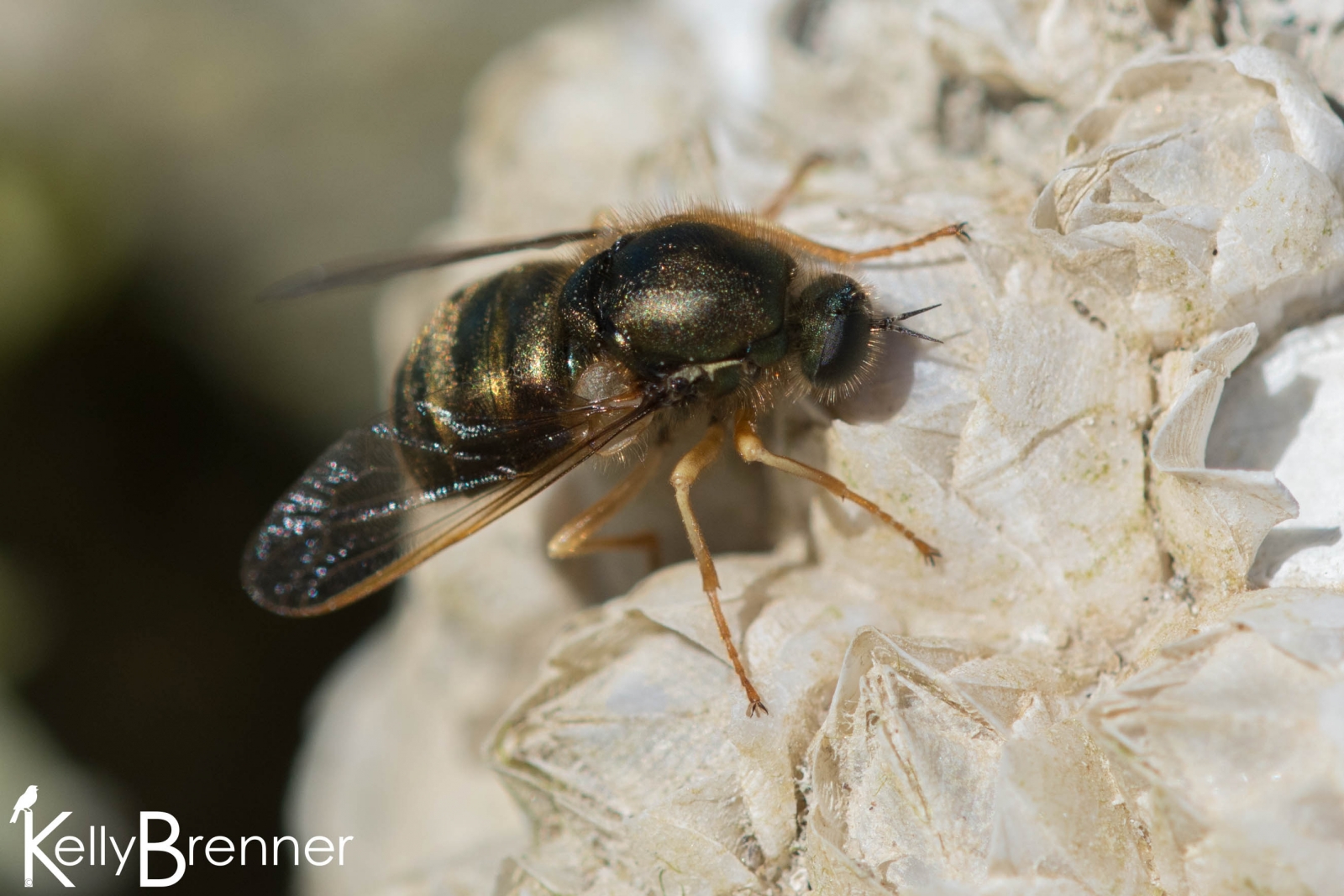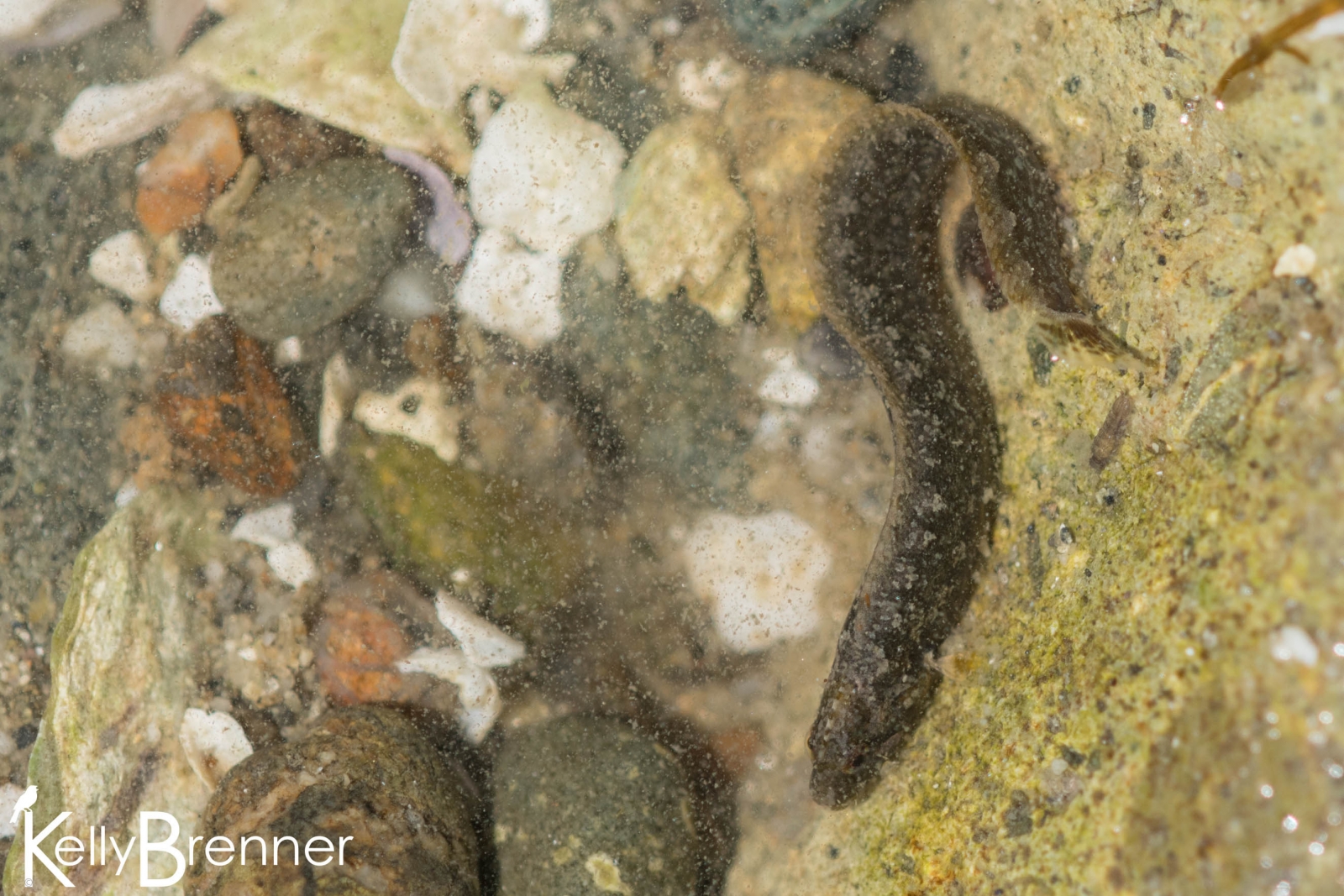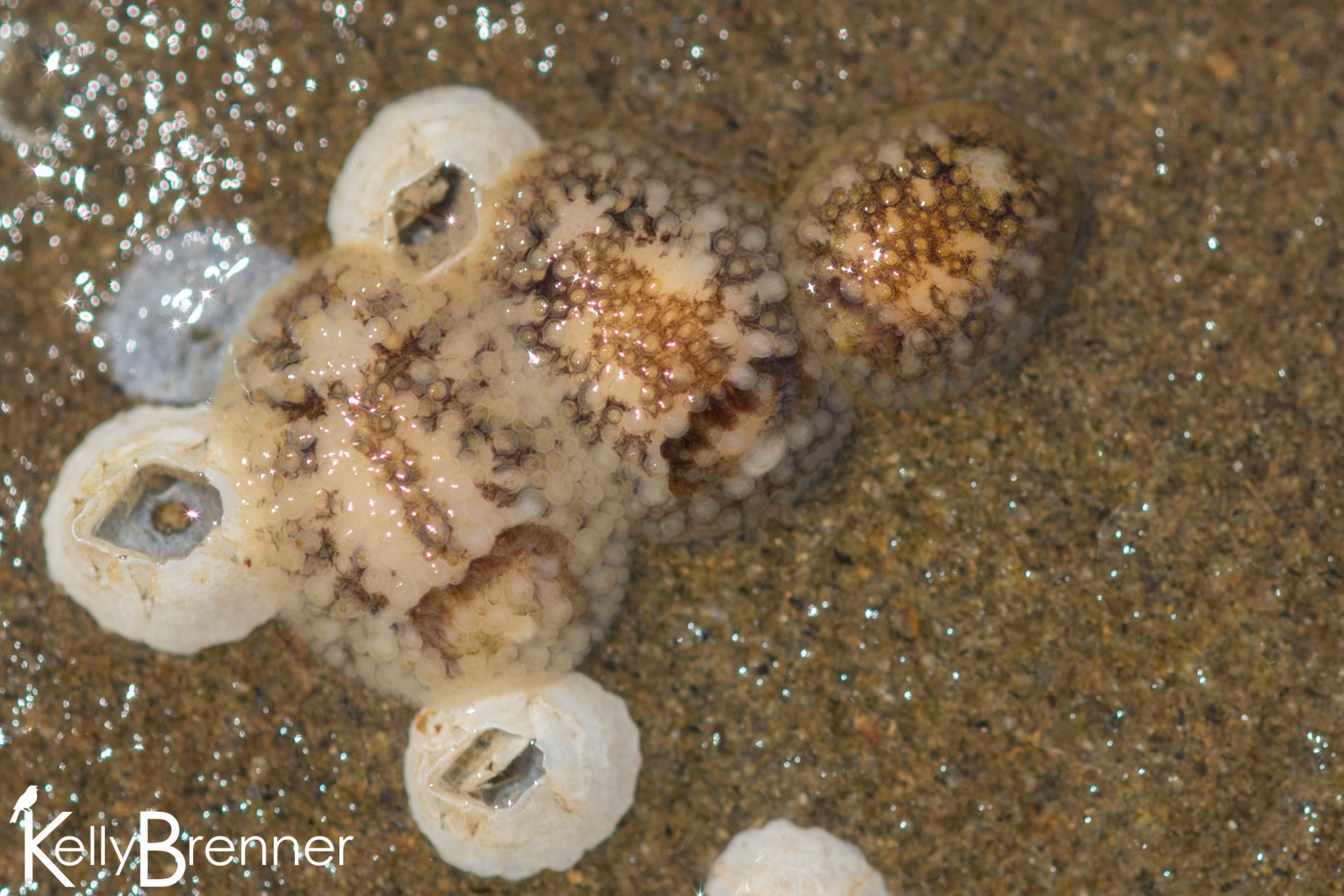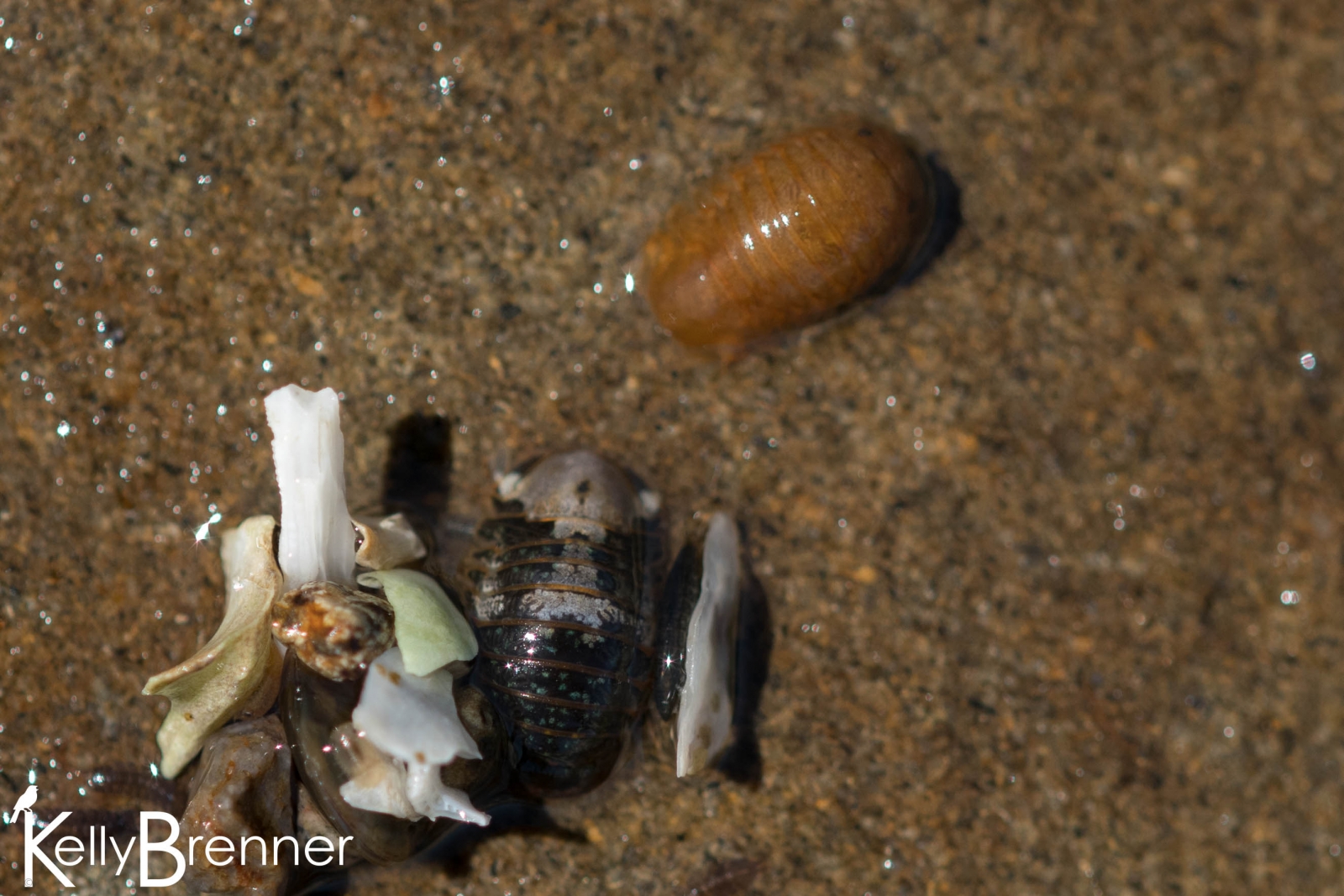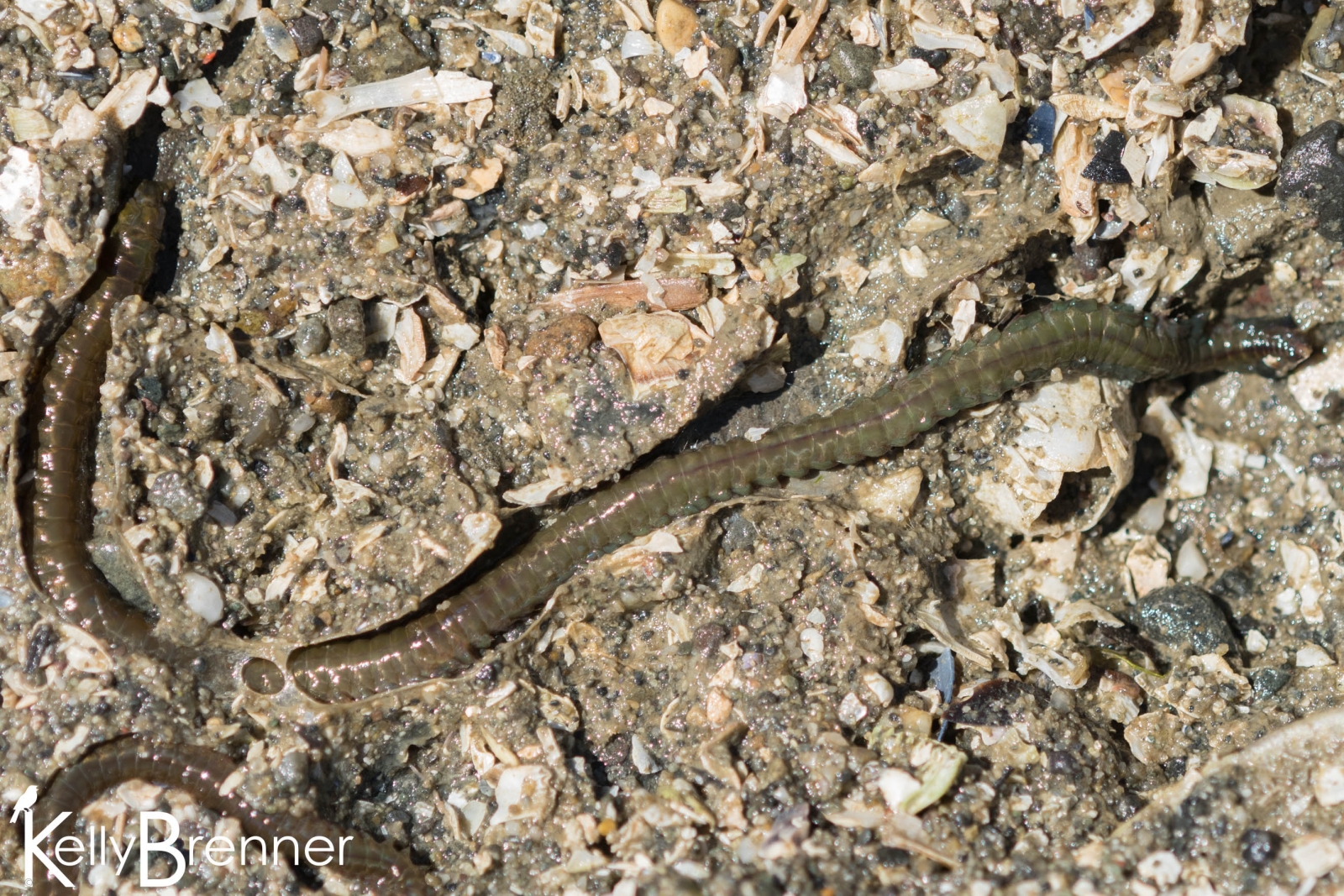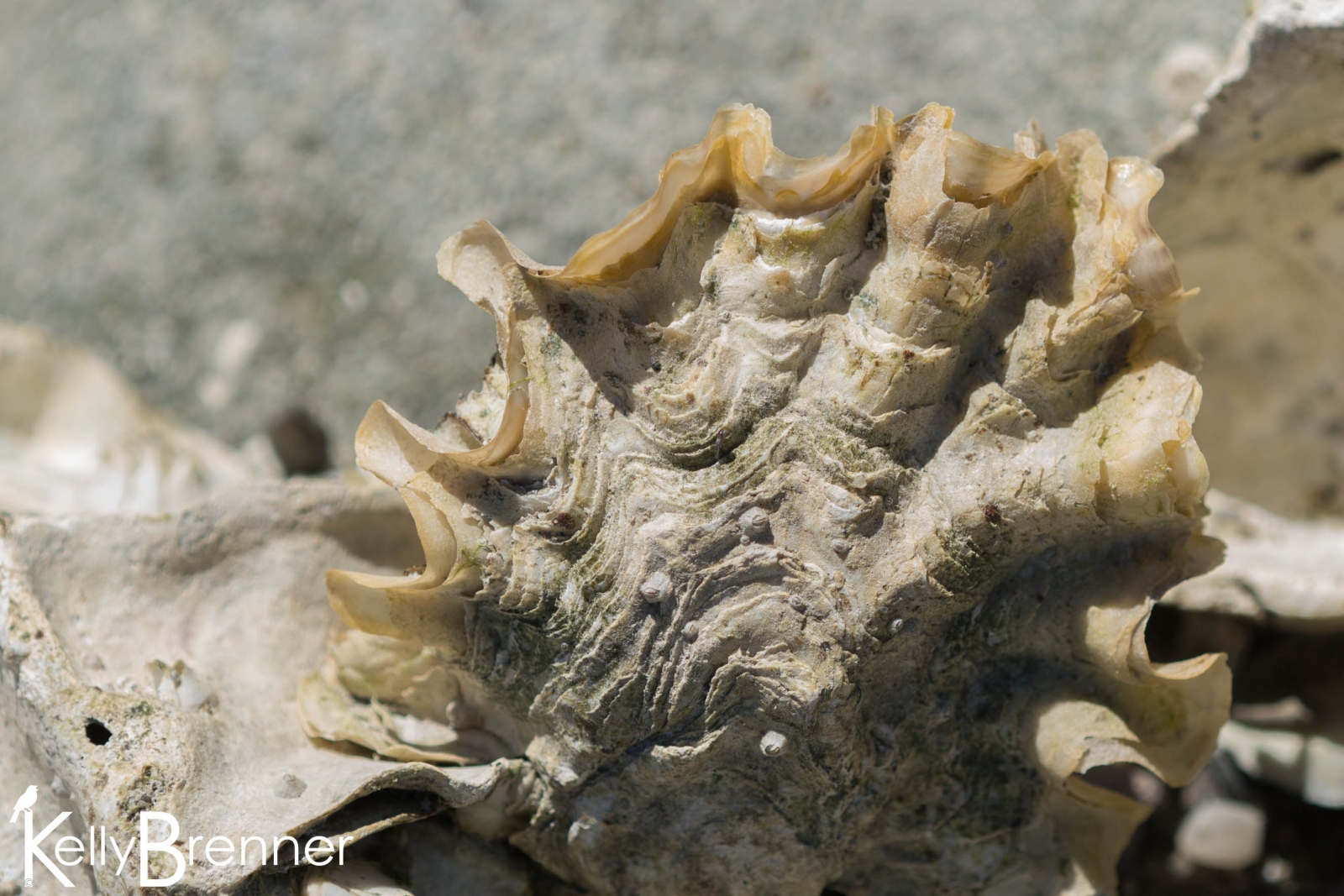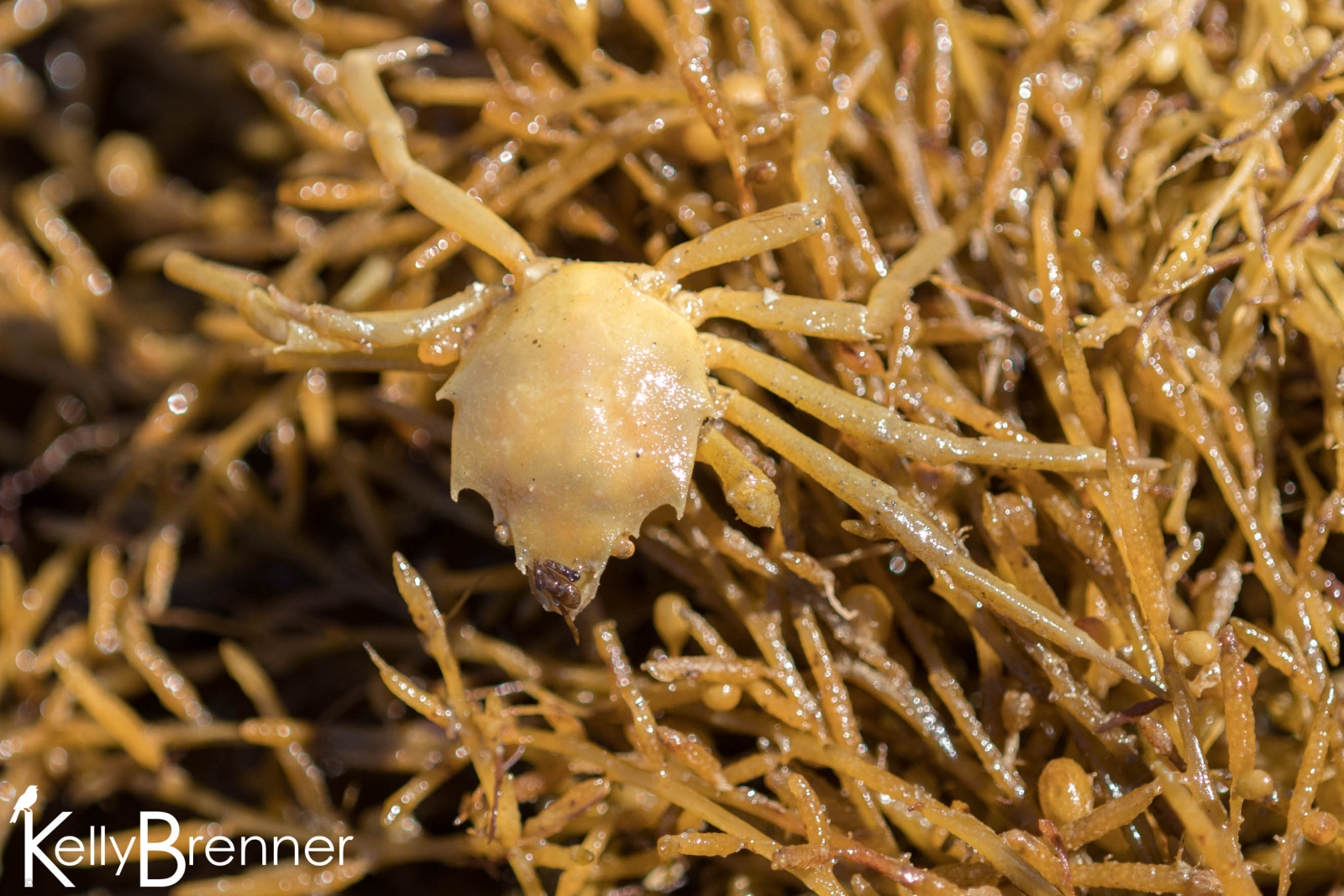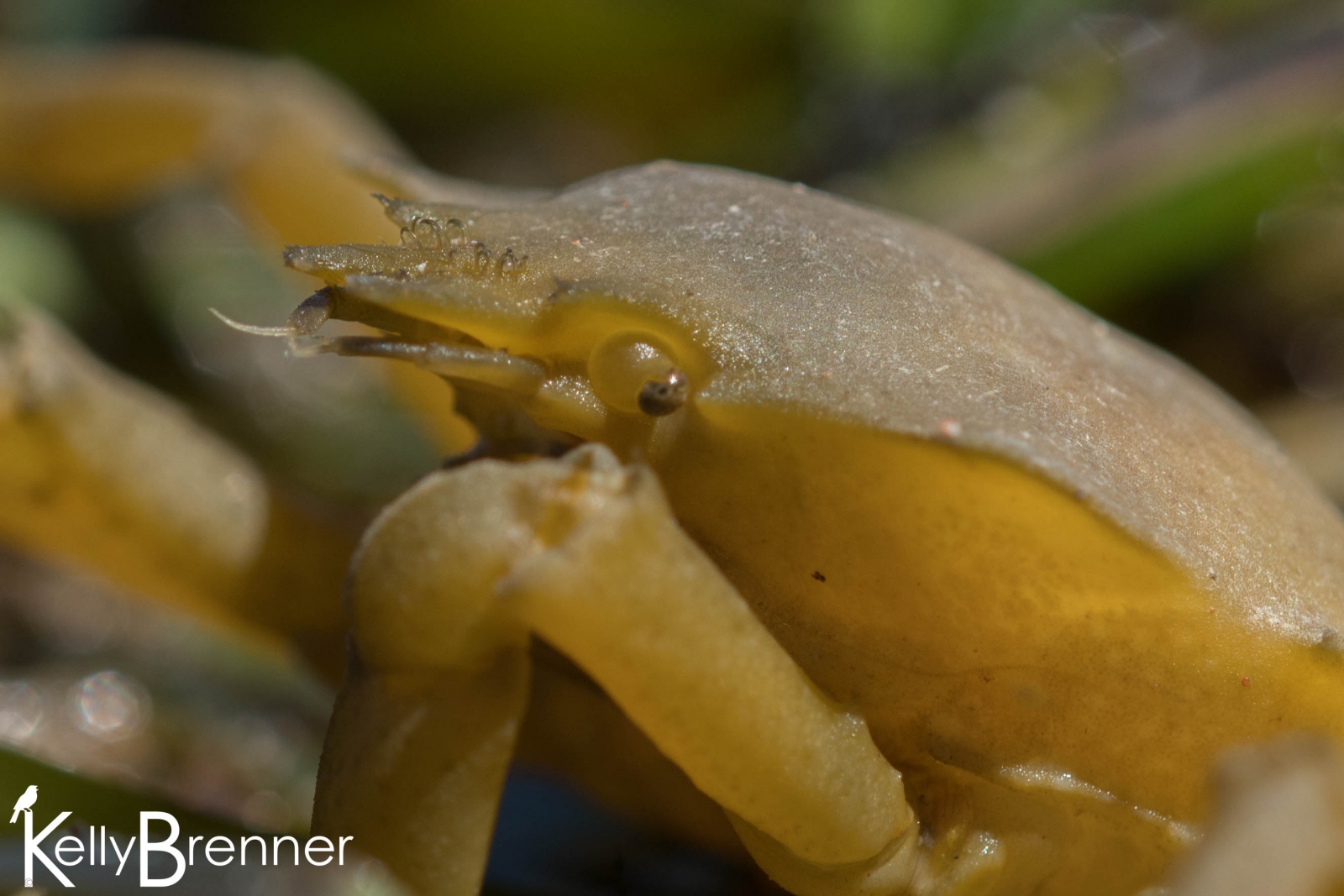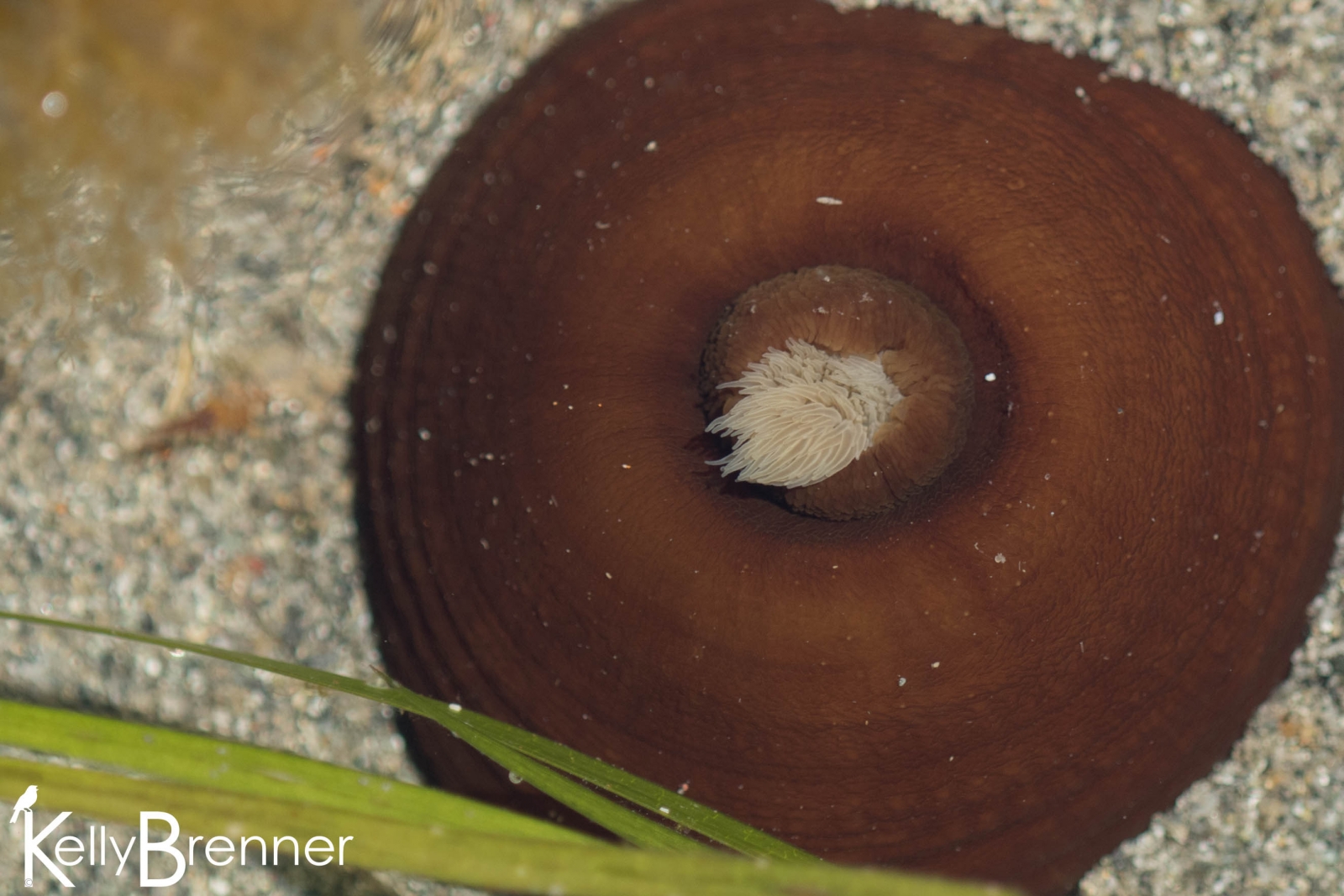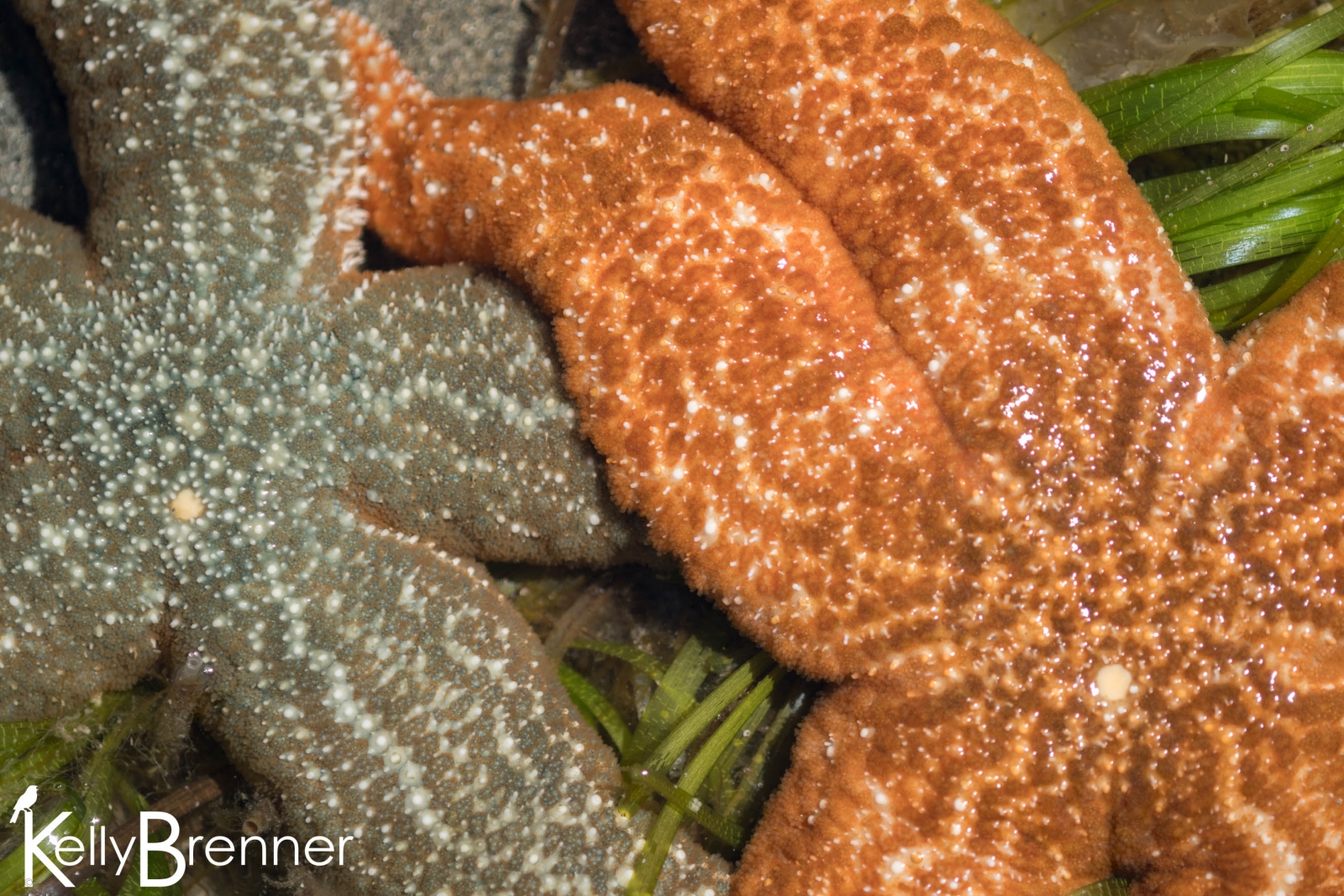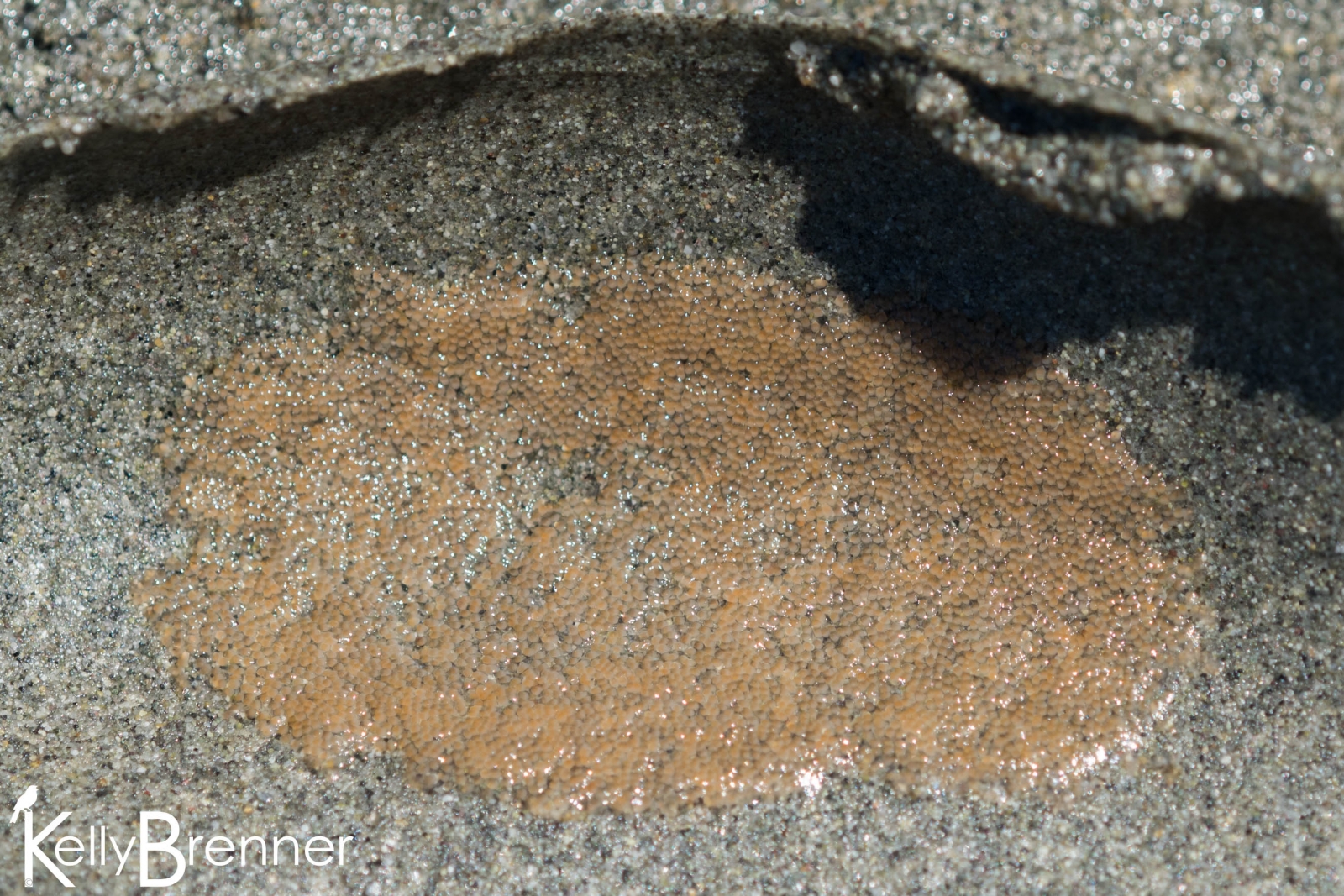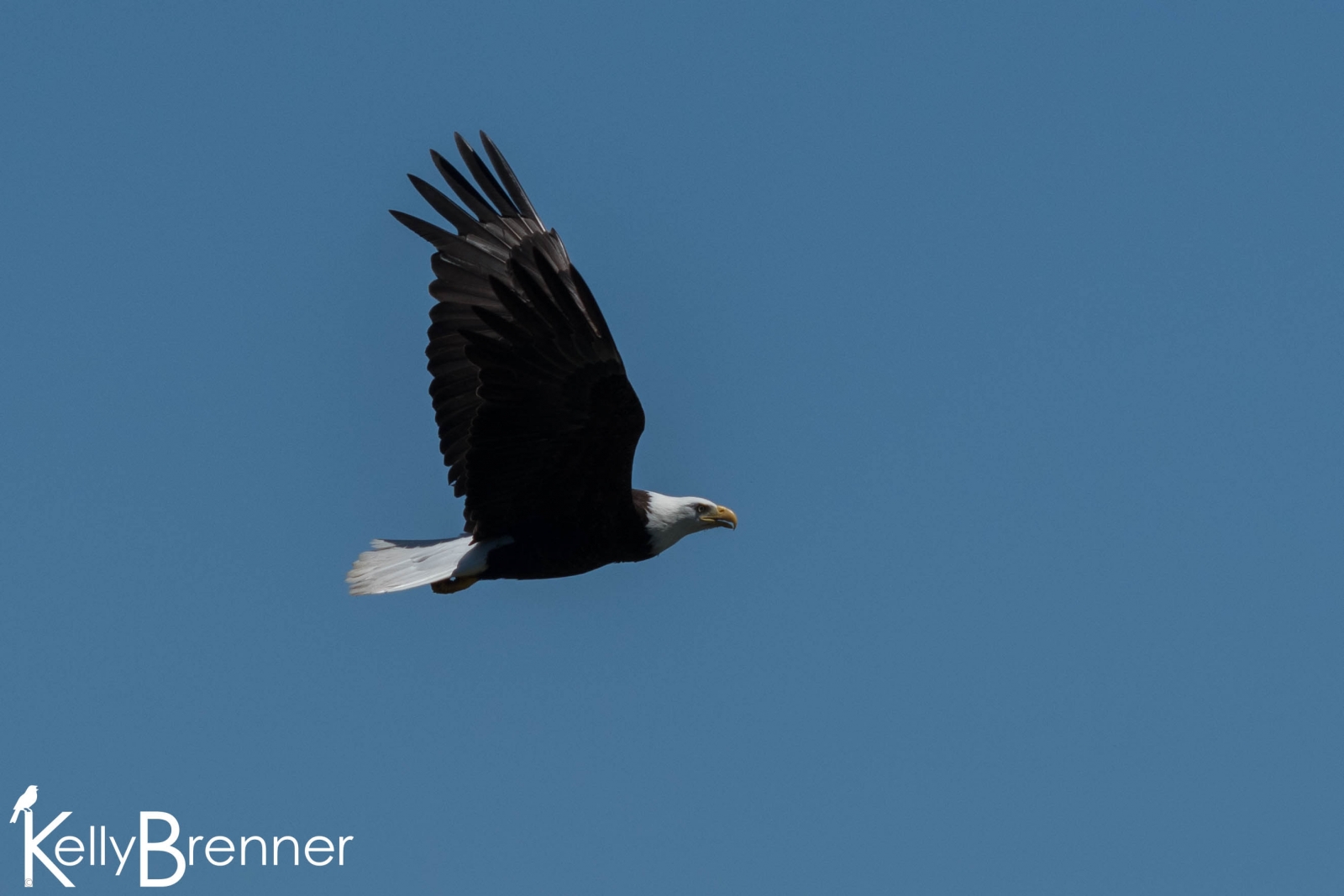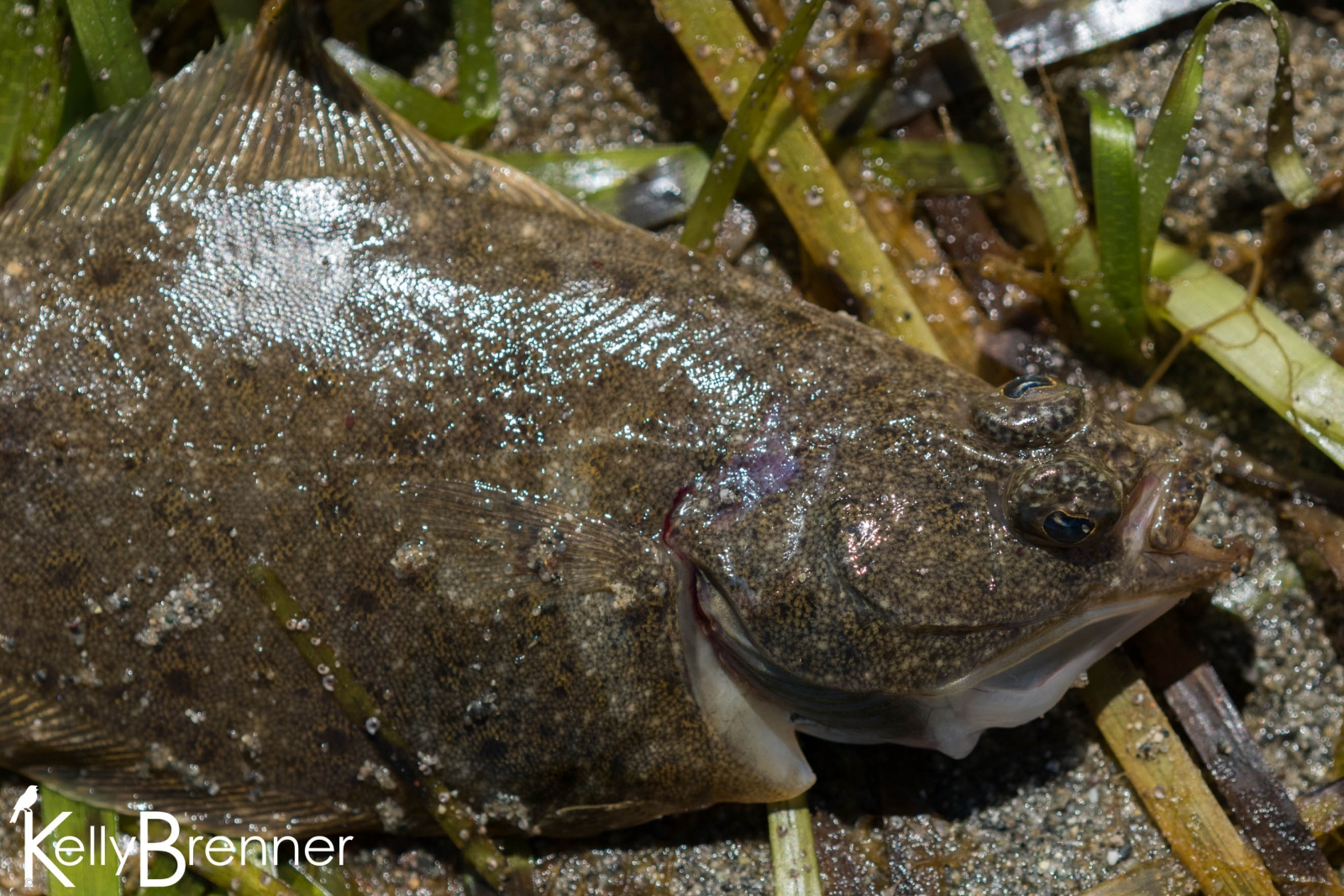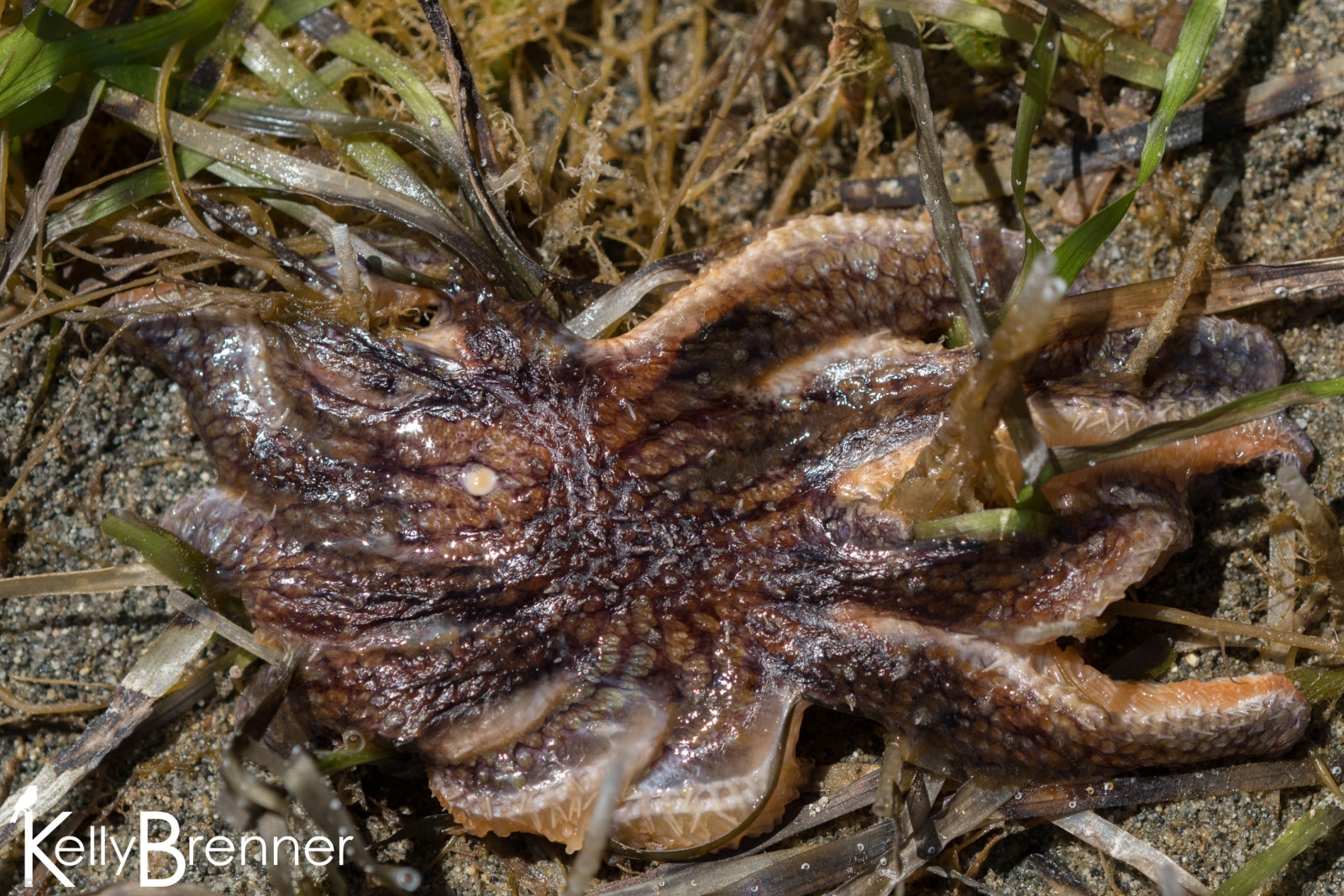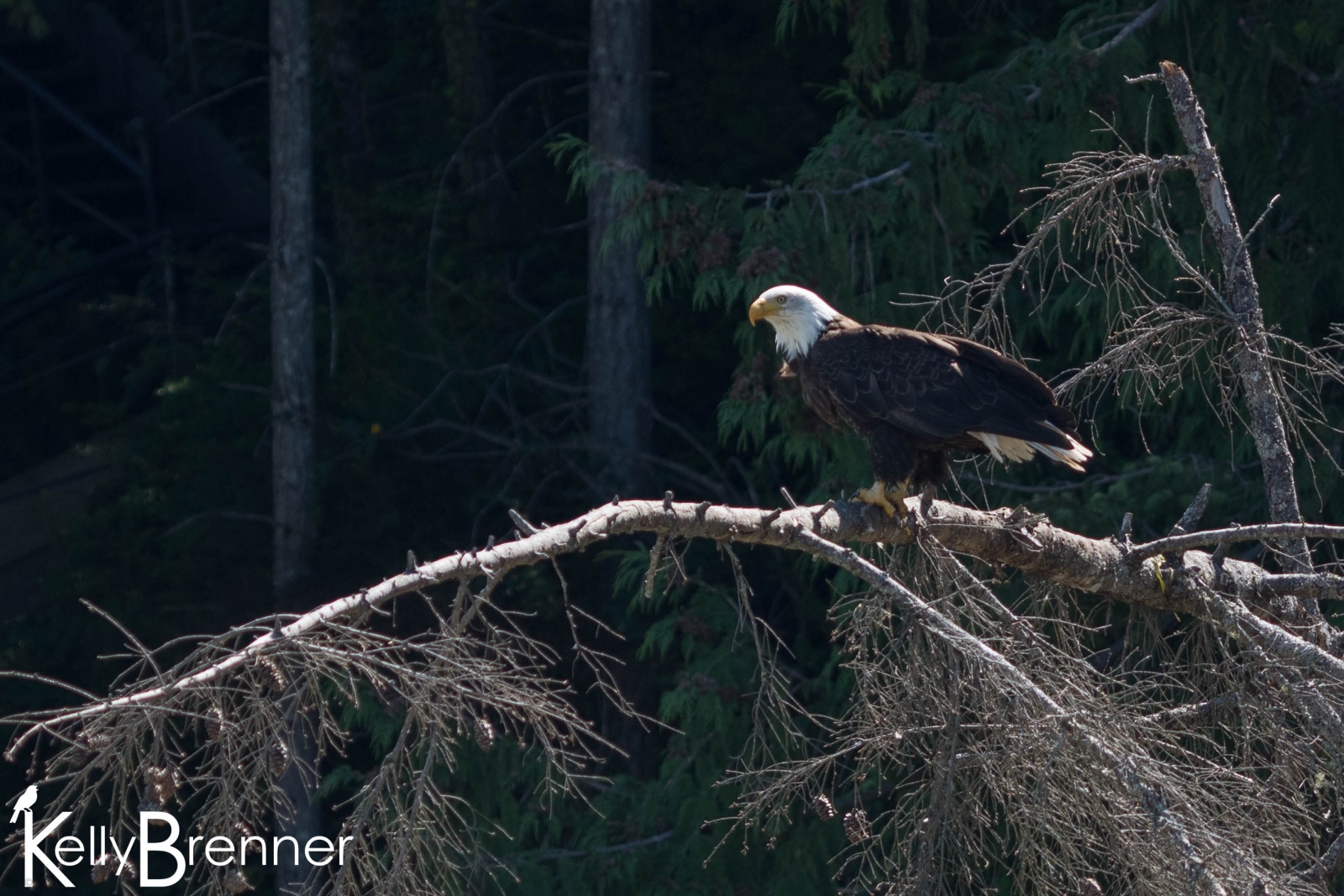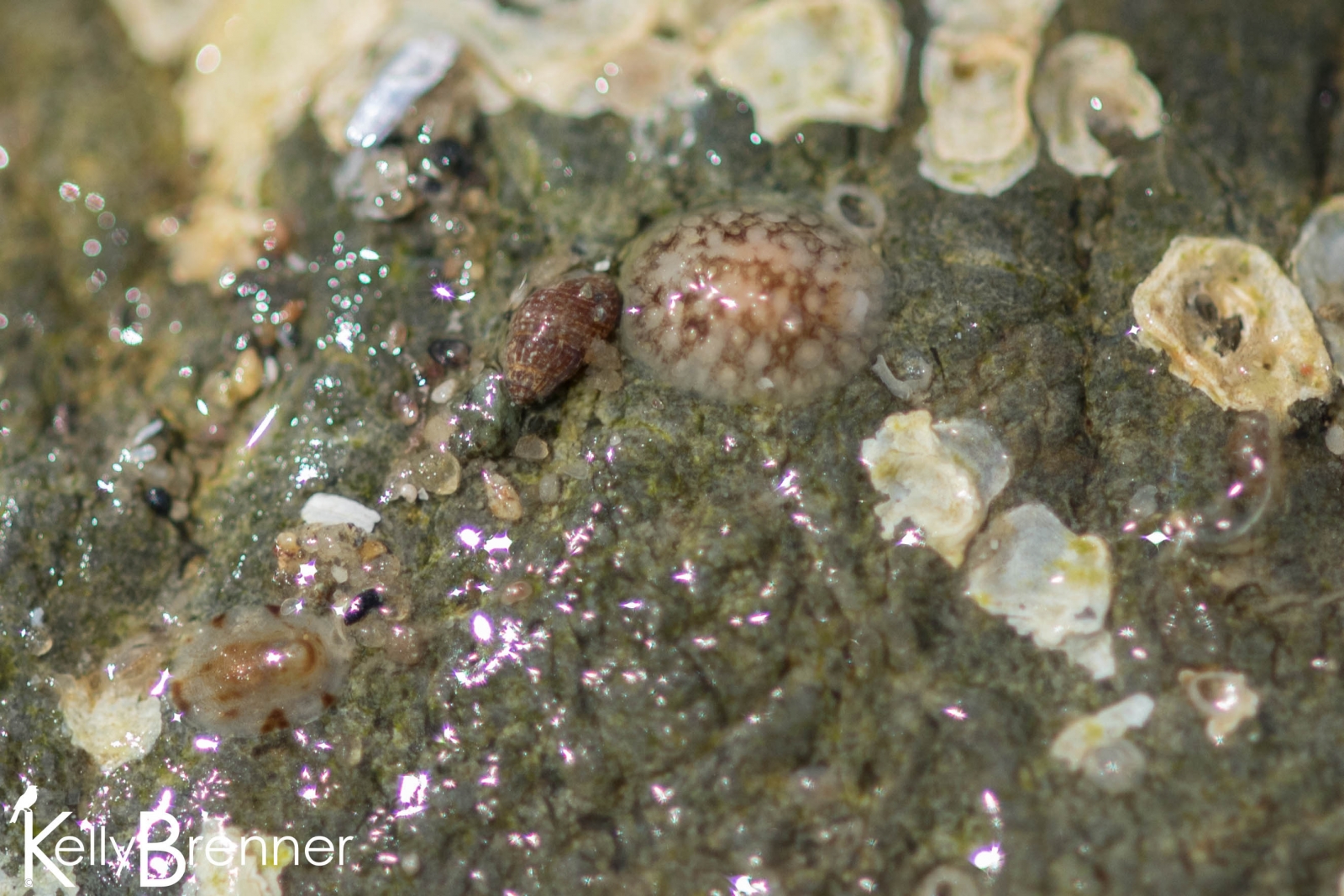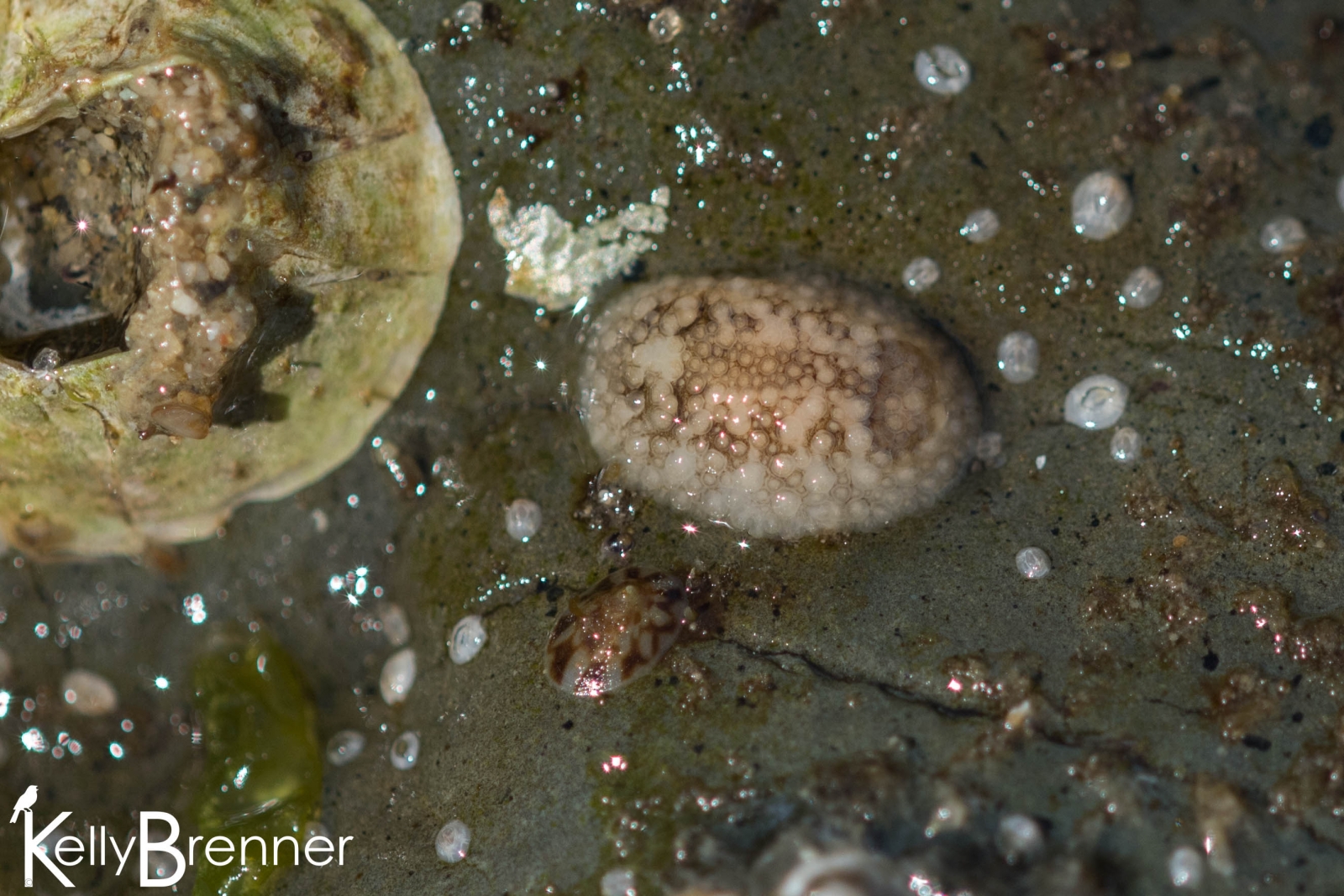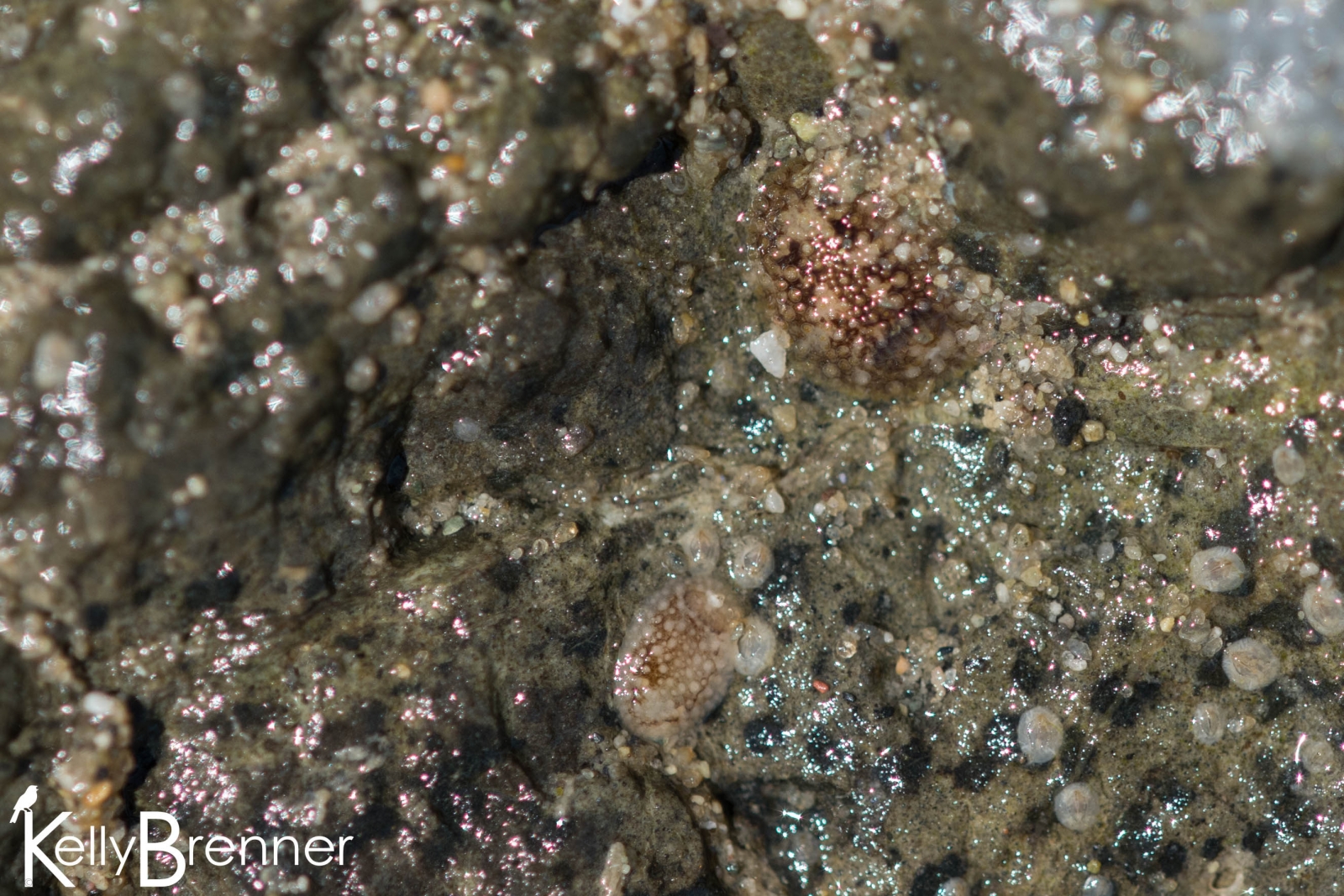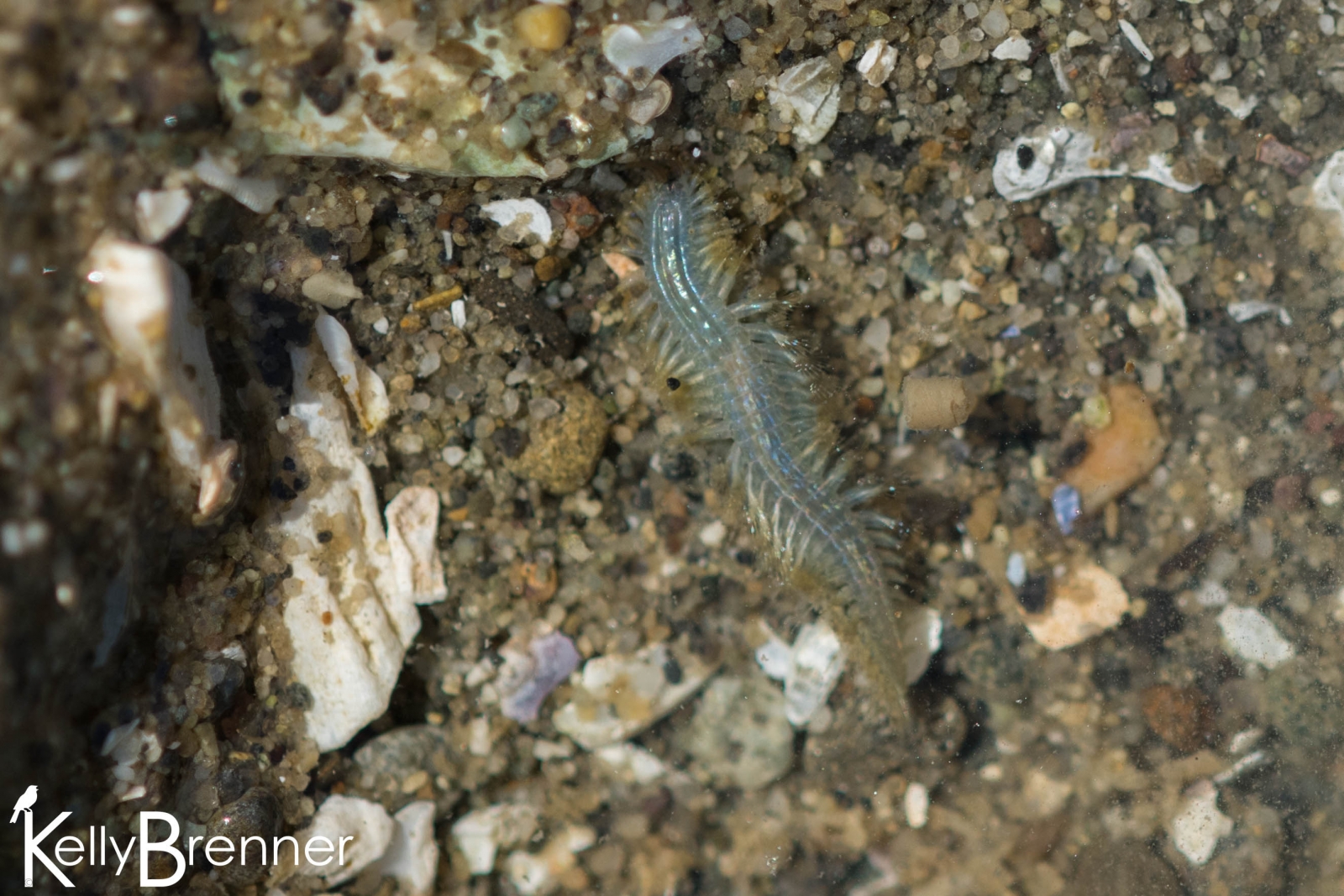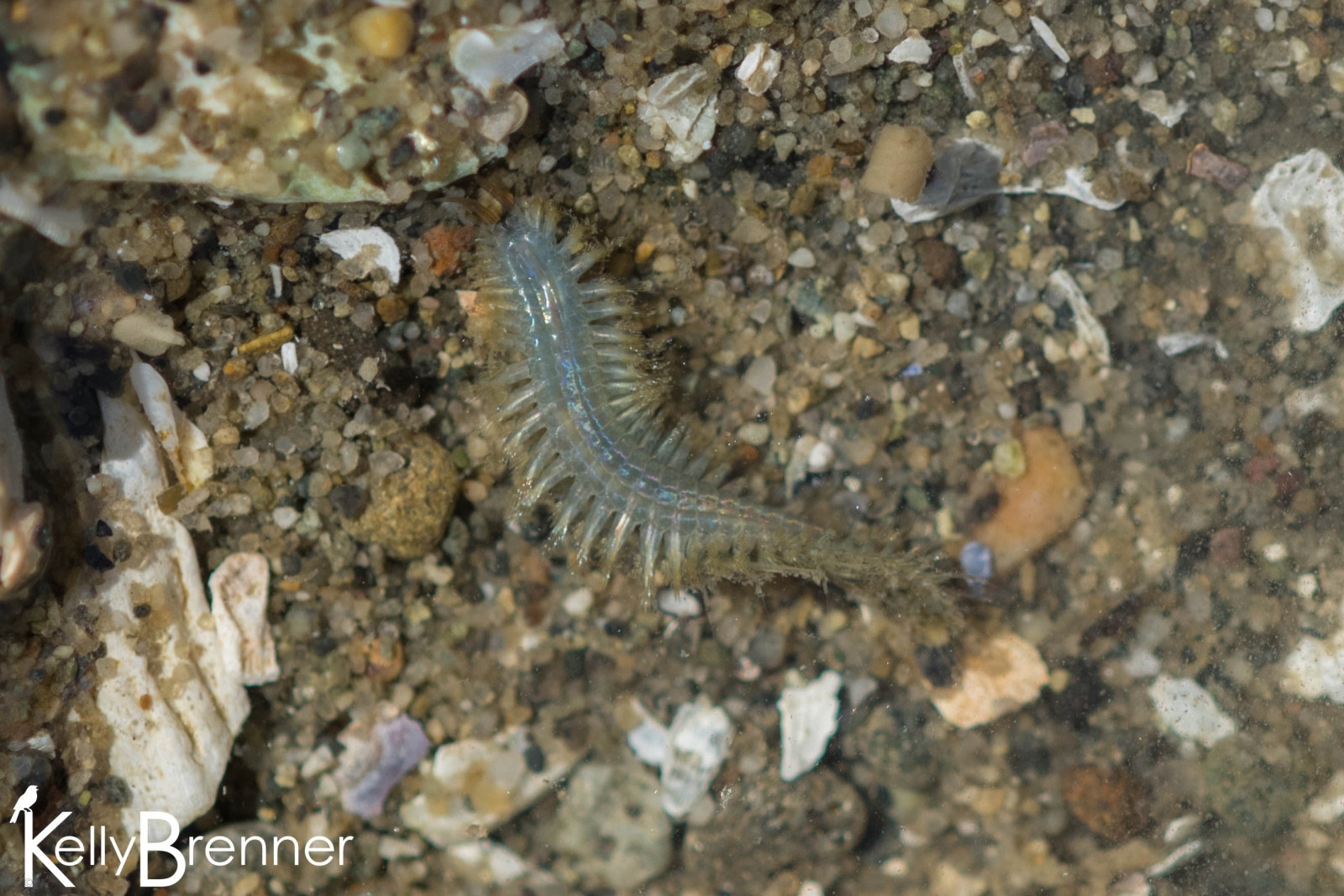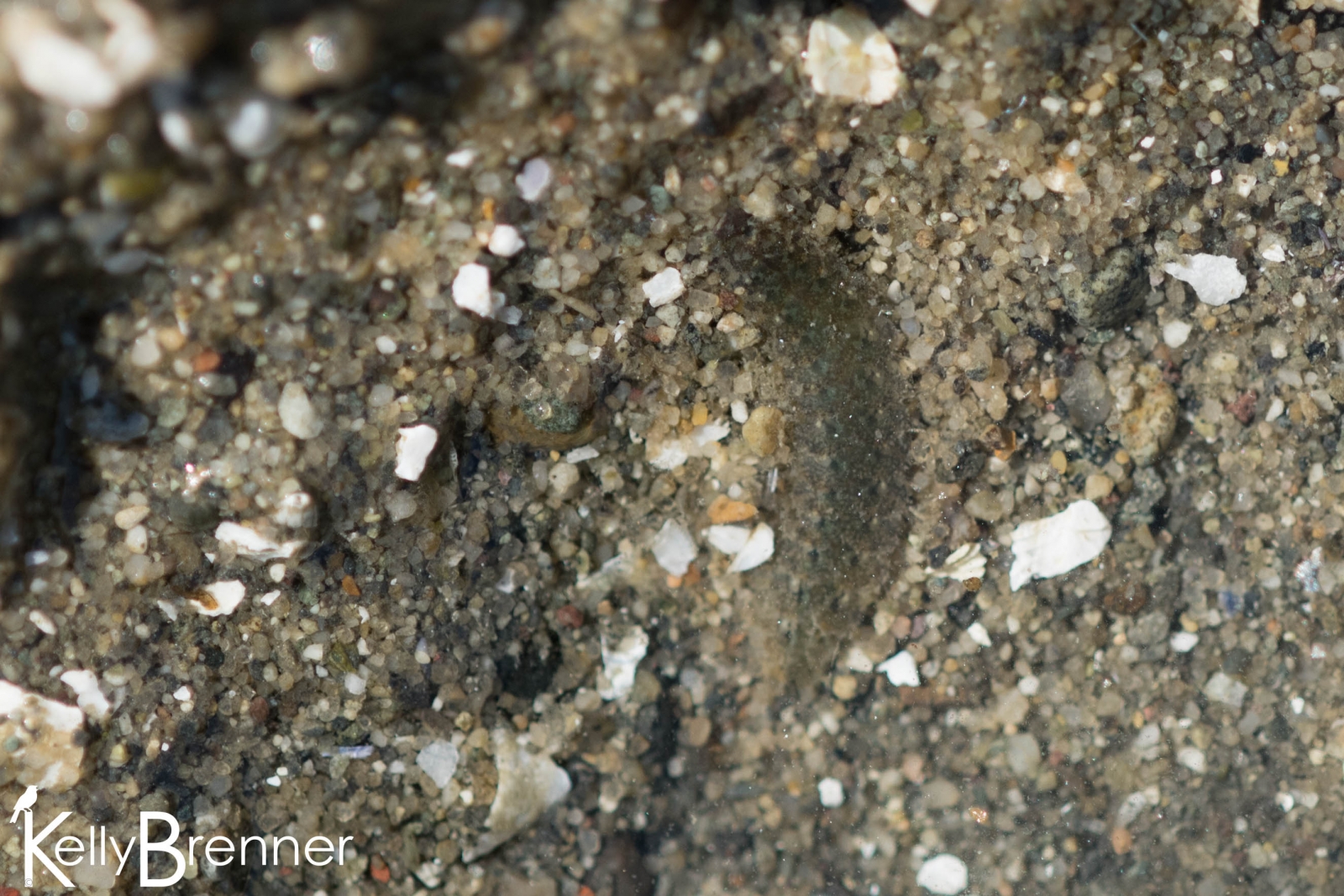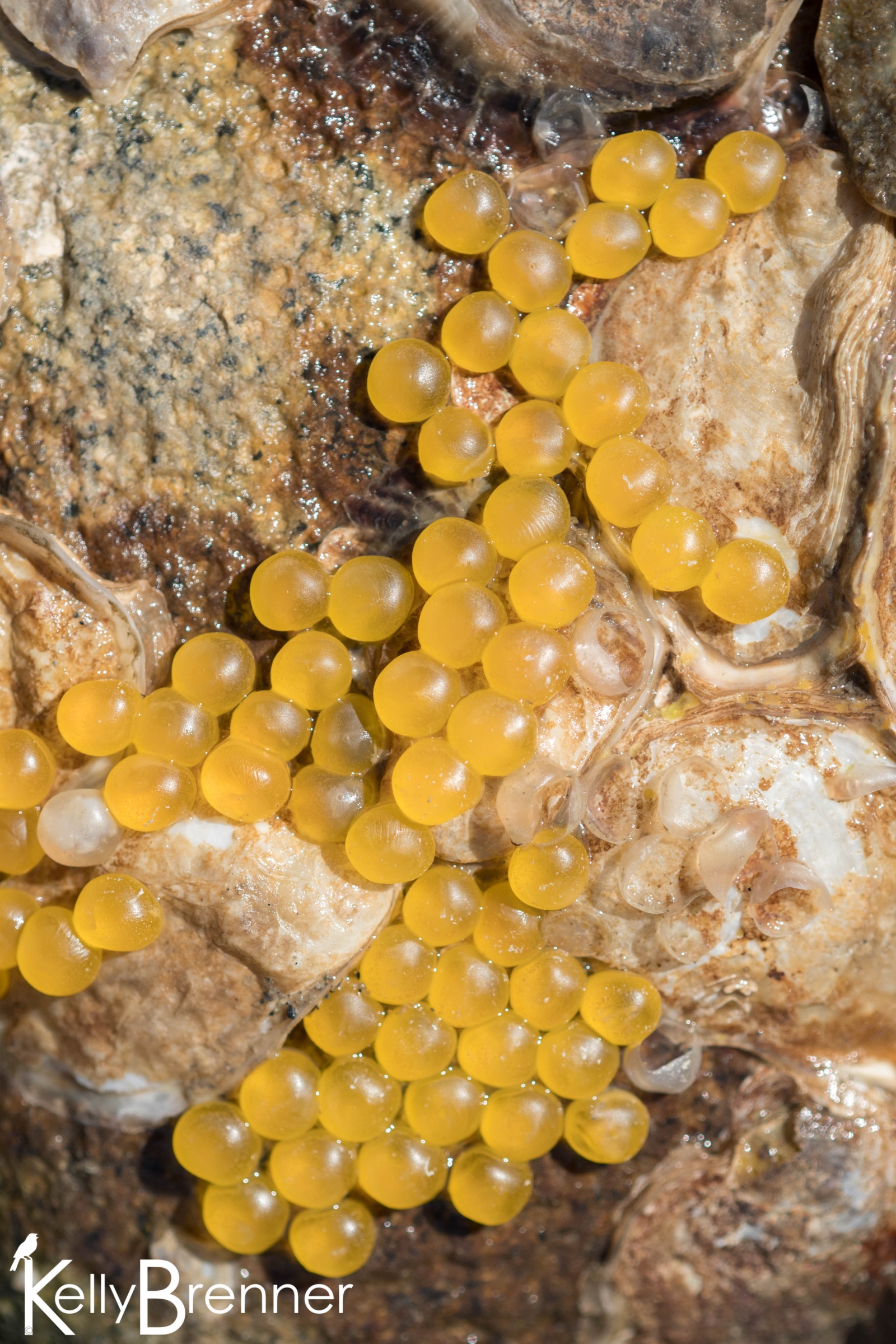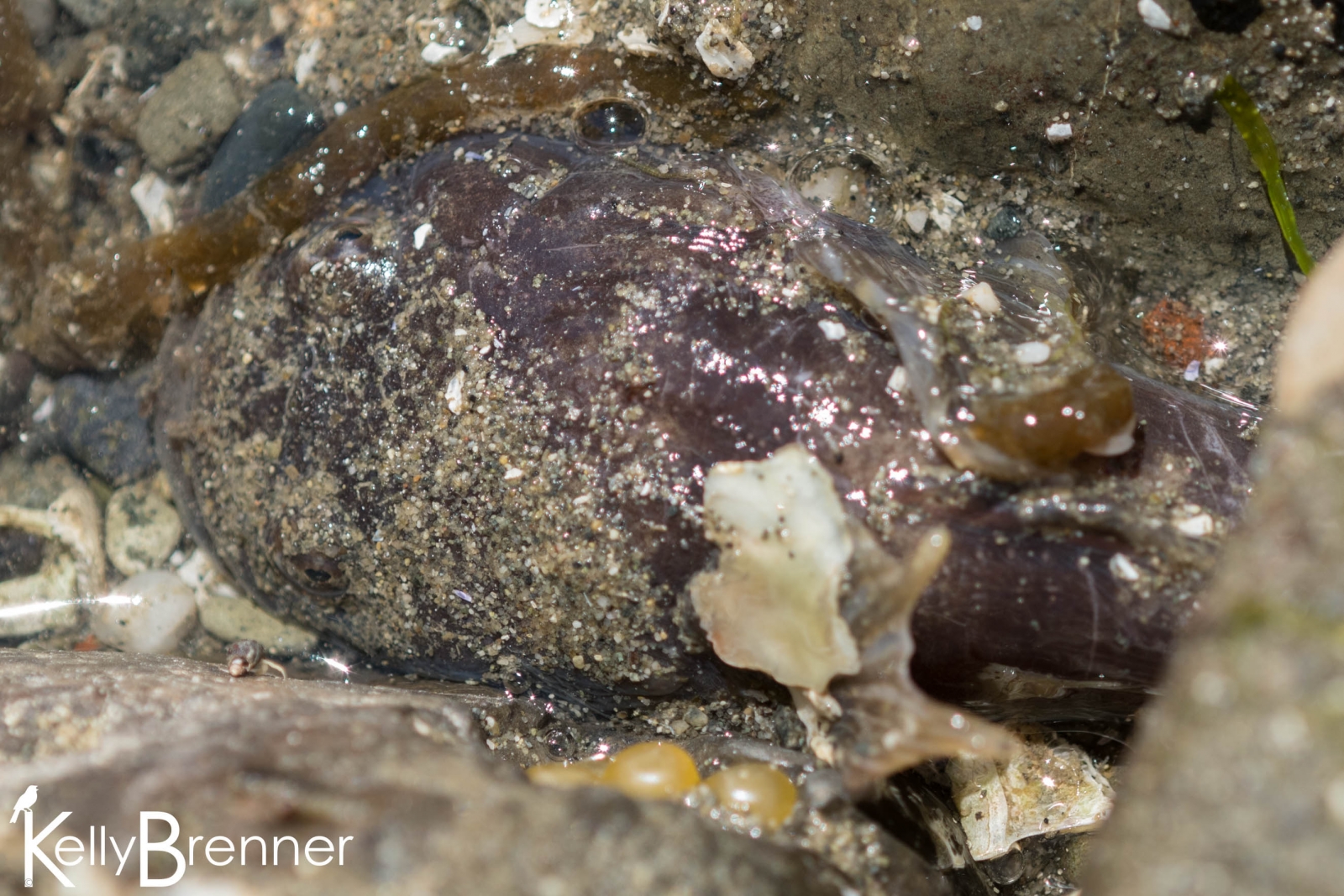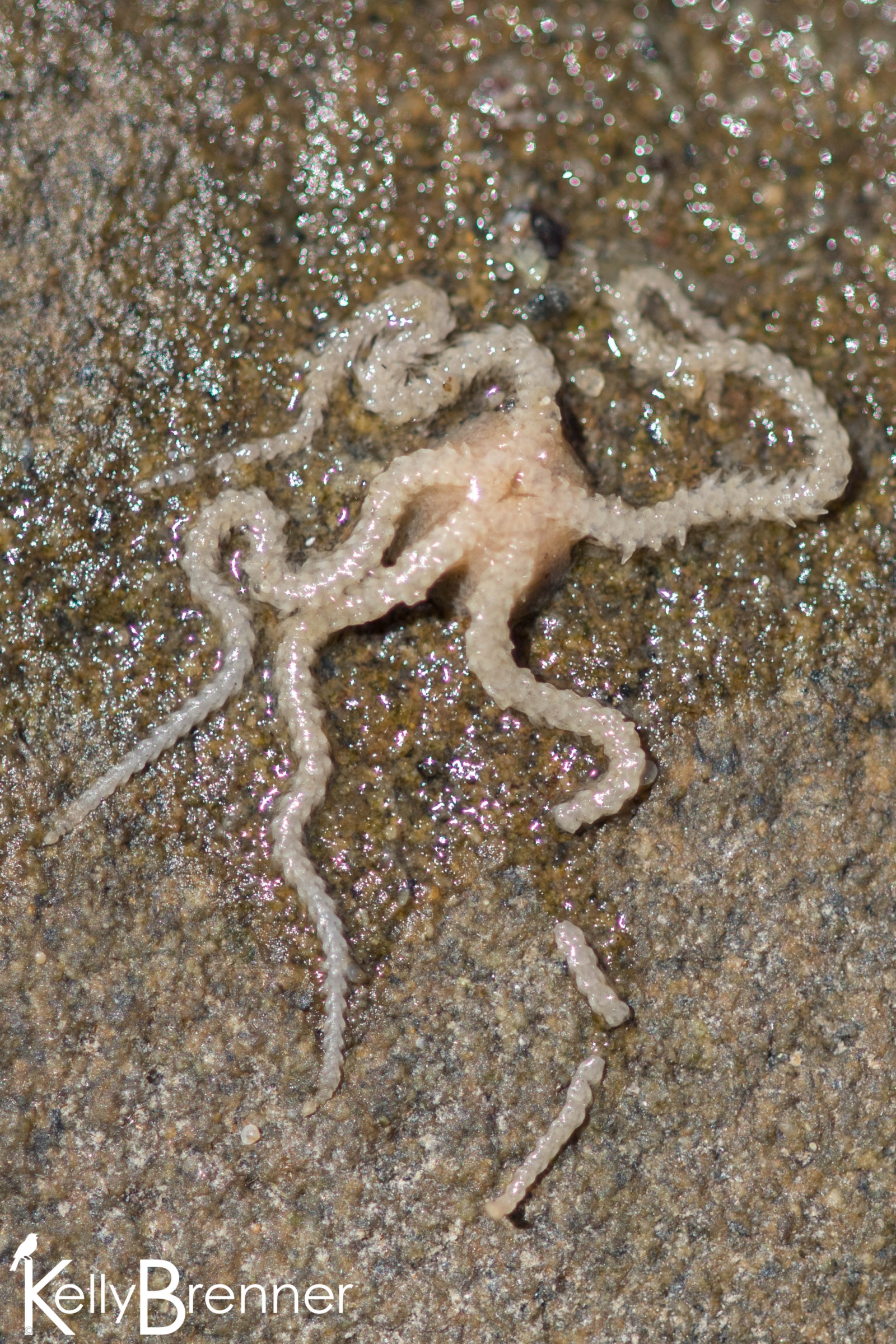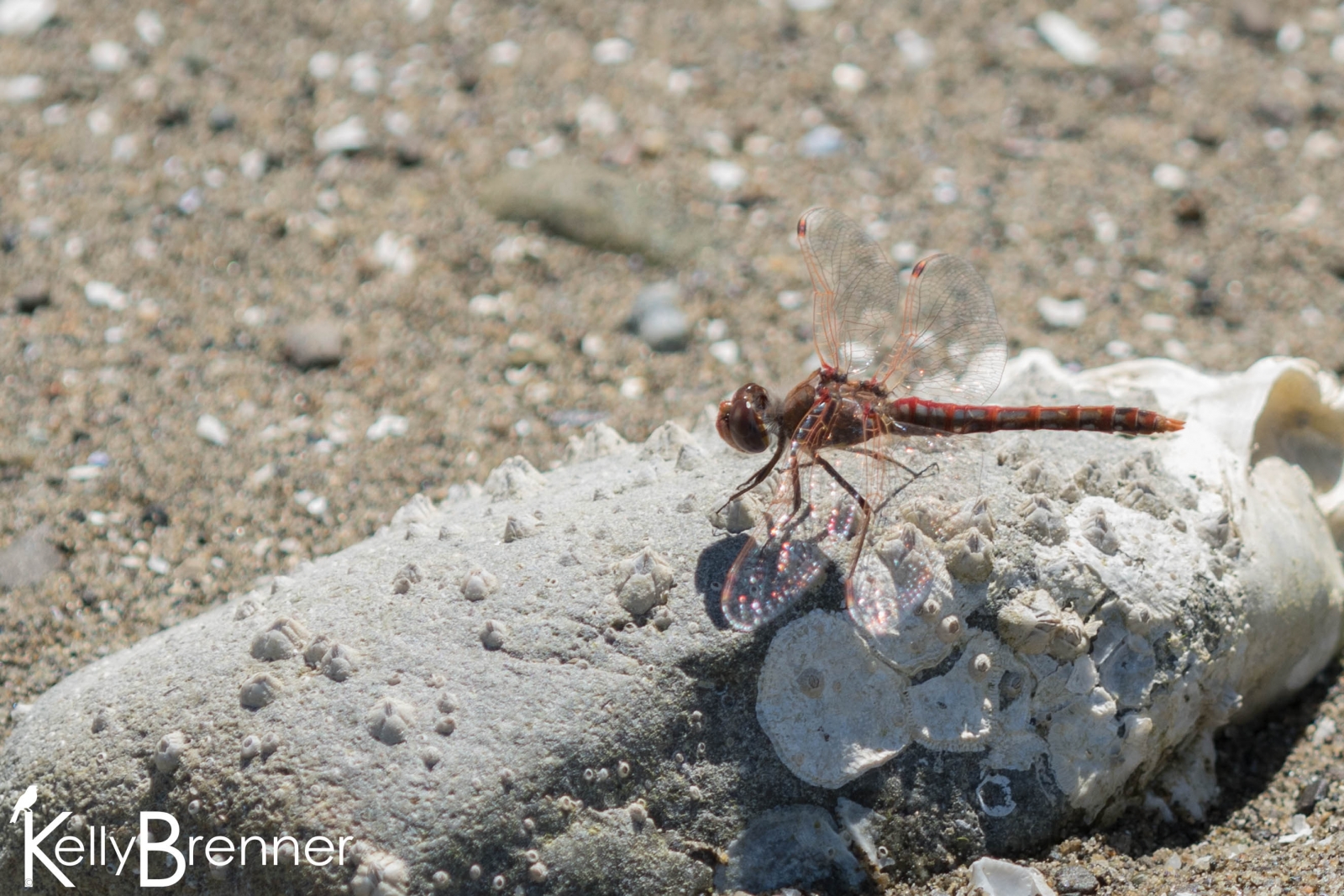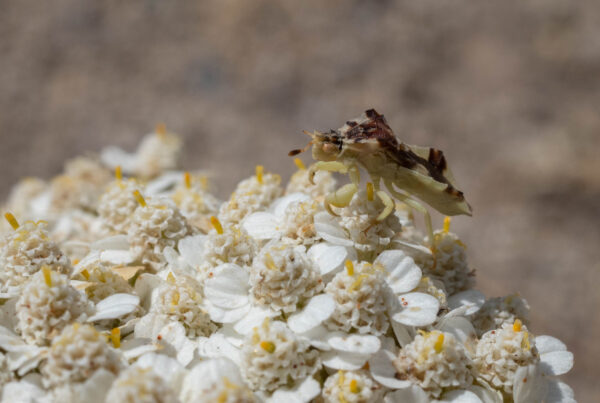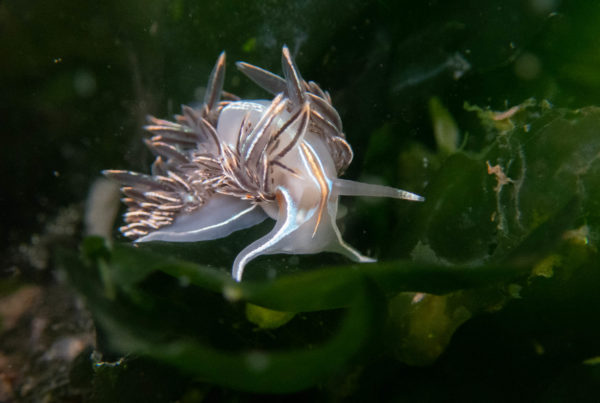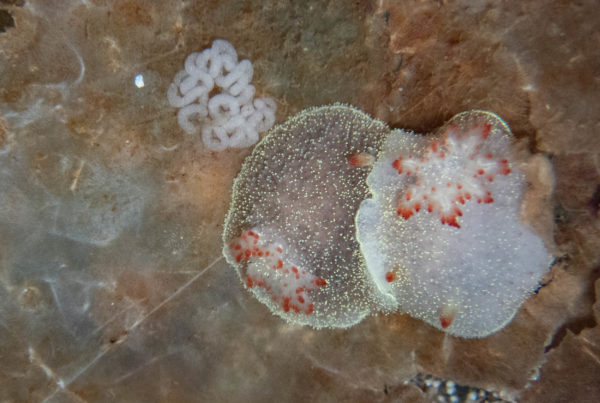Early this year I researched the lowest daytime tides of the spring and summer and made plans around those dates. One of those plans was a visit to Scenic Beach State Park, along Hood Canal in Washington, where we’d camped last year during my 365 Nature Project. I had seen some great intertidal life along the beach like tiny sunflower stars and kelp crabs and hoped to find more during the upcoming low tides.
We arrived just before low tide on a Friday morning in late June and immediately went down to the beach. I spent a couple of hours wandering into the water and up along the rocks exploring. There was a lot to see, but it wasn’t obvious at first glance. The more I scoured, bent and flipped, the more I found. There were a few sea stars scattered around, most of them sitting right on the surface and easy to find. Some were ochre stars and others mottled stars, one was hiding in a moon snail’s egg collar. I couldn’t find any sunflower stars like the previous year however. I encountered many sea anemones sitting upright on the sand, tube worms protruding from the eelgrass, a dead fish and a single sea lemon nudibranch.
I lifted one larger rock and found a mass of lemon yellow, large eggs glued to the underside. Walking among the eggs, and no larger than a single egg, were two small hermit crabs. But there was no indication of who had laid the eggs. I watched Great Blue Herons catching fish just off the shore line. As I continued looking under promising rocks I found small, light brown blobs with darker brown speckles. I looked closely and decided they were nudibranchs and soon I was finding them everywhere. It wasn’t until a month later I discovered they were barnacle eating nudibranchs (Onchidoris bilamellata), a very small dorid. I also watched a greenish iridescent fly sitting on barnacles, but I don’t know if it was simply resting, or another barnacle predator.
The following day I was back down at the beach before low tide ready to explore again. I quickly found a kelp crab sitting conveniently in the kelp and several small, long fish among the eelgrass. A pair of Bald Eagles sat further down the beach and I watched one later land on a tree branch with prey and eat. I found a flat fish washed up on the shore, a type of flounder perhaps, with both eyes on one side of its head. My daughter spotted something I had been looking for, a sunflower star. Last year we had seen several, but although I had been searching, that was the first and last we saw on this trip.
I continued finding the barnacle eating dorids under rocks but found something new as well. Under the larger rocks I found more of the large, bright yellow eggs and finally discovered who had laid them, a large fish I later learned was a plainfin midshipman fish. They are typically deep water dwellers, but the males guard the eggs in the shallow intertidal zone and can even breath air when out of water. They produce a bioluminescence when courting and the males also make a loud humming sound while searching for mates. This hum was blamed for an annoying sound in West Seattle a few years ago but researched found the fish appeared not to be at fault in this case.
Twice a bright pink red color caught my eye next to rocks and when I stopped I found a chiton laying on its back. This happened twice in different areas. I don’t know how it happened, there were very few people as far down as I was on the beach so I doubted they had been knocked off by a shoe. Both of them were laying next to rocks with midshipman fish underneath though, but it could have been a simple coincidence. Whoever was the culprit, it was a rare chance to take a look at the underside of a chiton.
Under another rock I discovered a bright, shiny blue worm swimming in the shallow water and I was amazed by it because I’d never seen any worms here so colorful. I was shocked when it stopped moving, flipped over and blended in to the sand so perfectly I could barely see it. Apparently I had first seen the underside of the worm. It must have fallen off the rock when I lifted it and swam upside-down before righting itself.
One of the final rocks I turned over had a small brittle star underneath, the first I’ve found. Aptly named, one of the legs immediately broke off into multiple pieces and I quickly and carefully replaced the rock before any more legs followed suit.
My final treat was a dragonfly on the beach, a rather uncommon place to find dragons. I believe it was a Variegated Meadowhawk and it perched on a barnacle studded rock basking in the sun before flying away.

